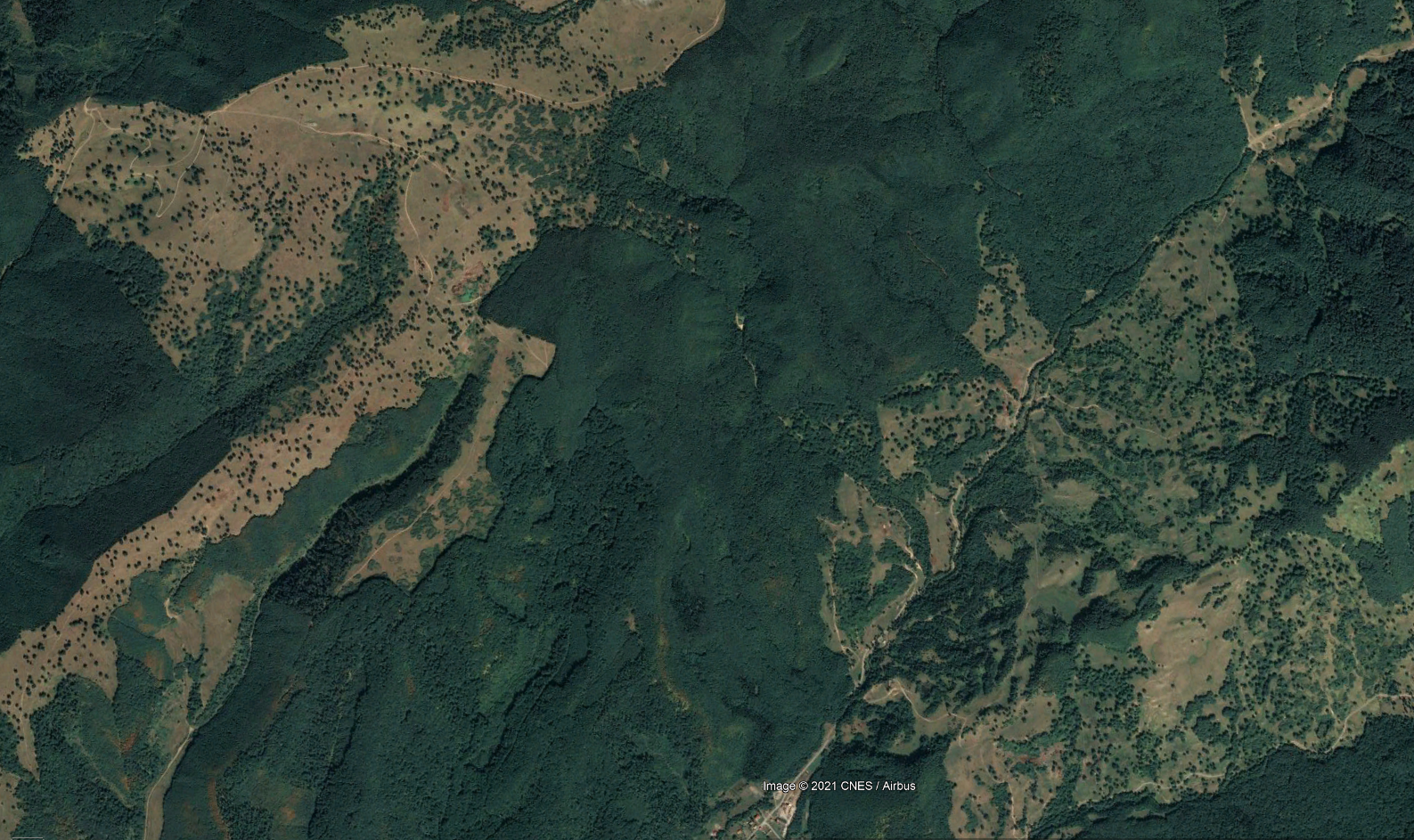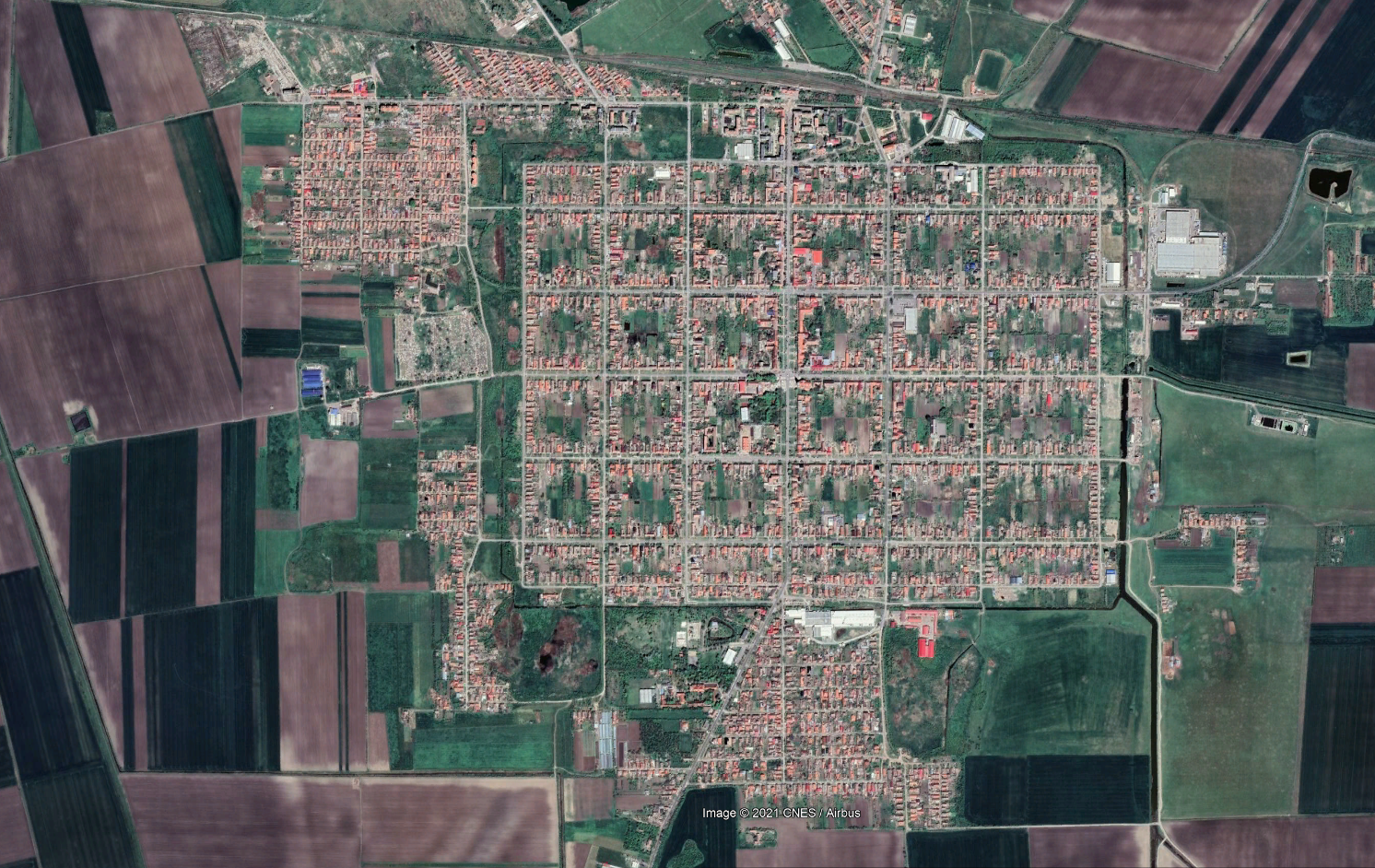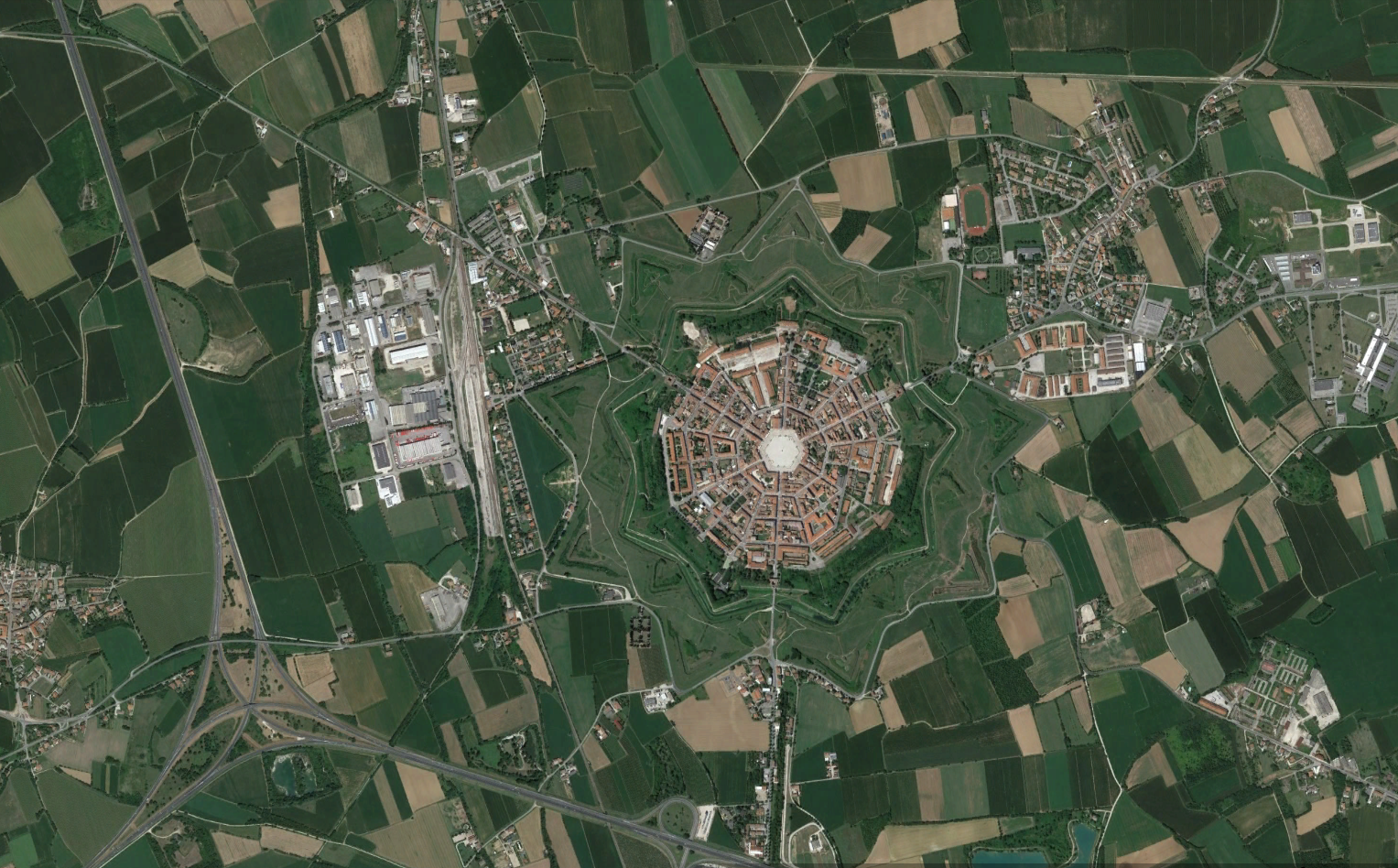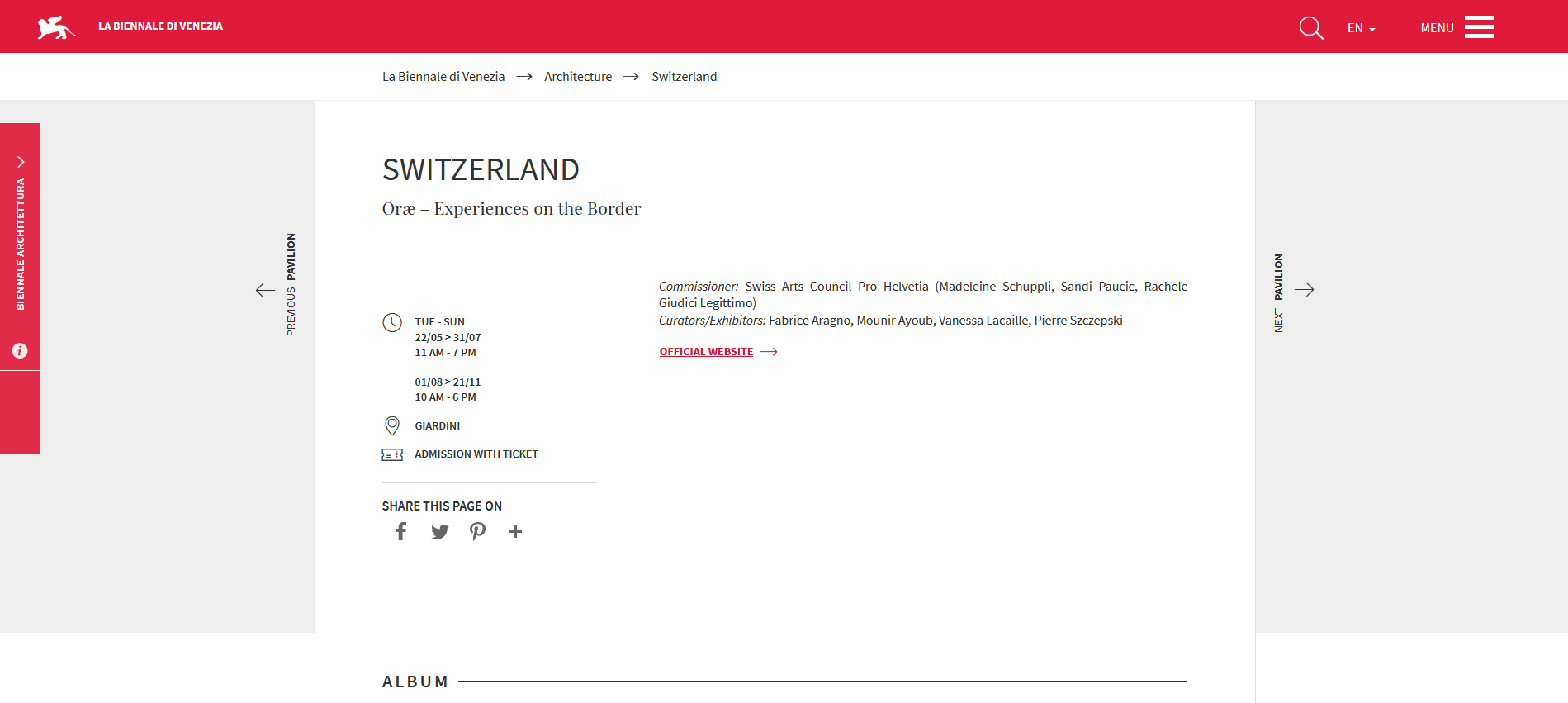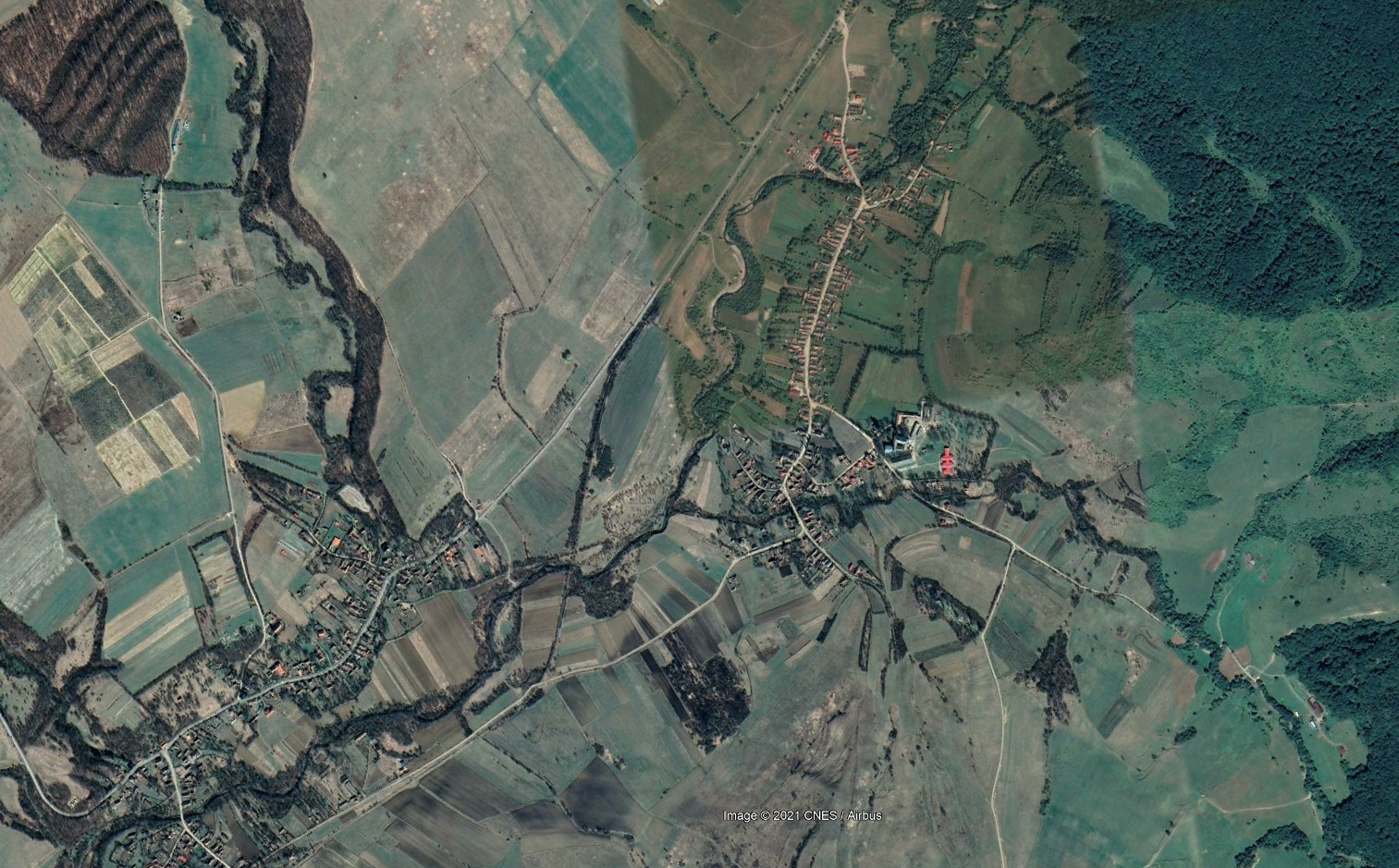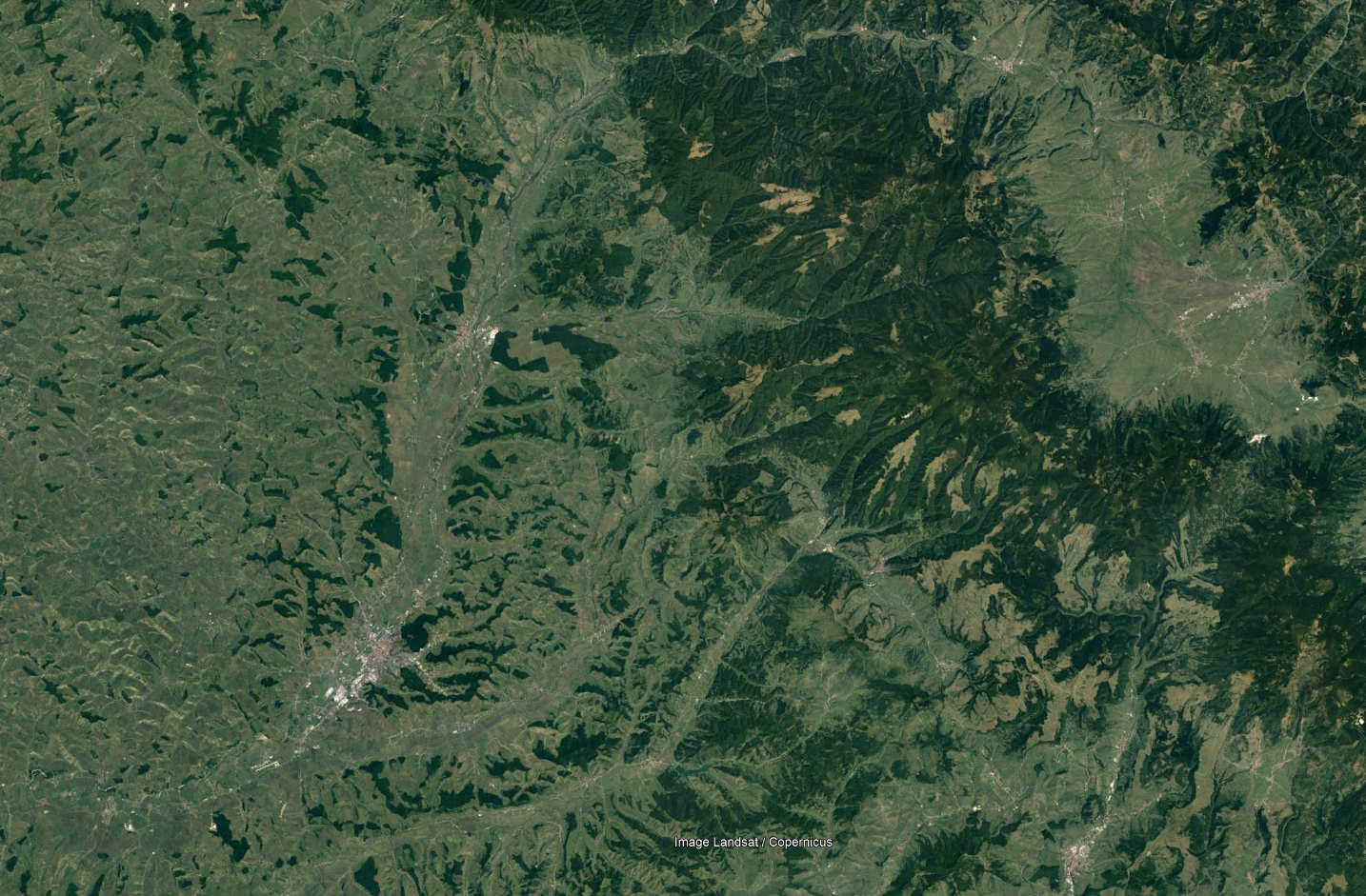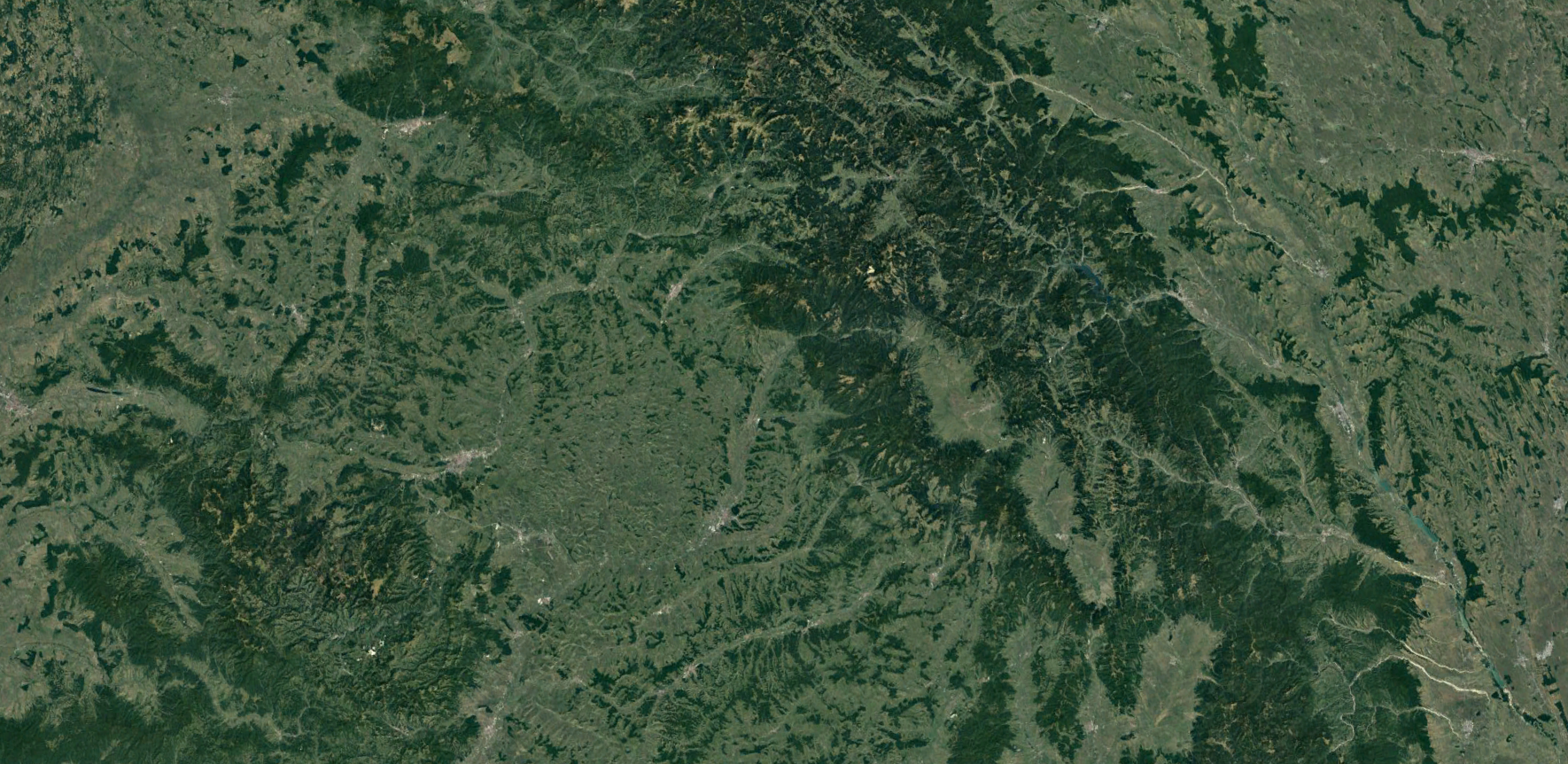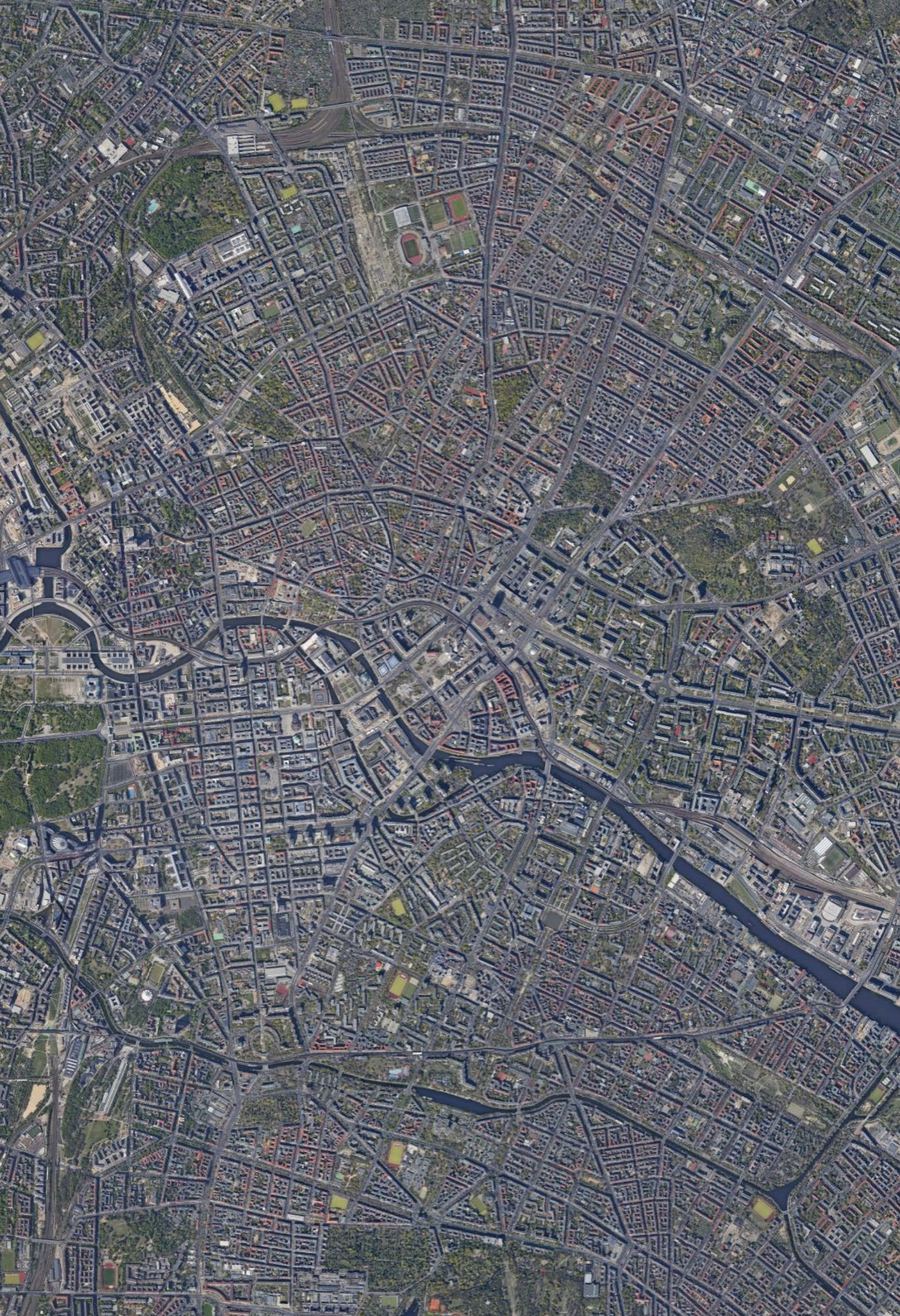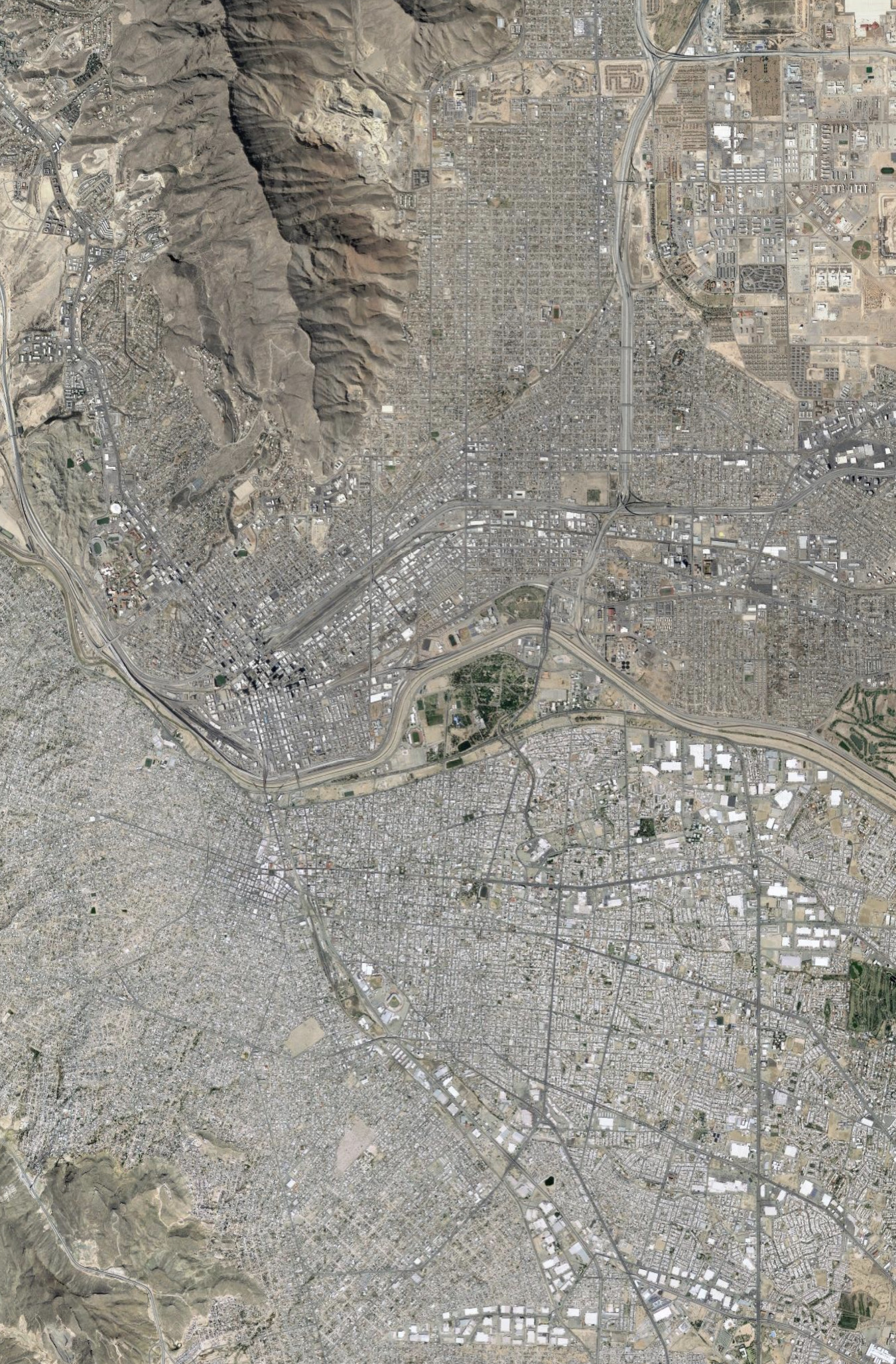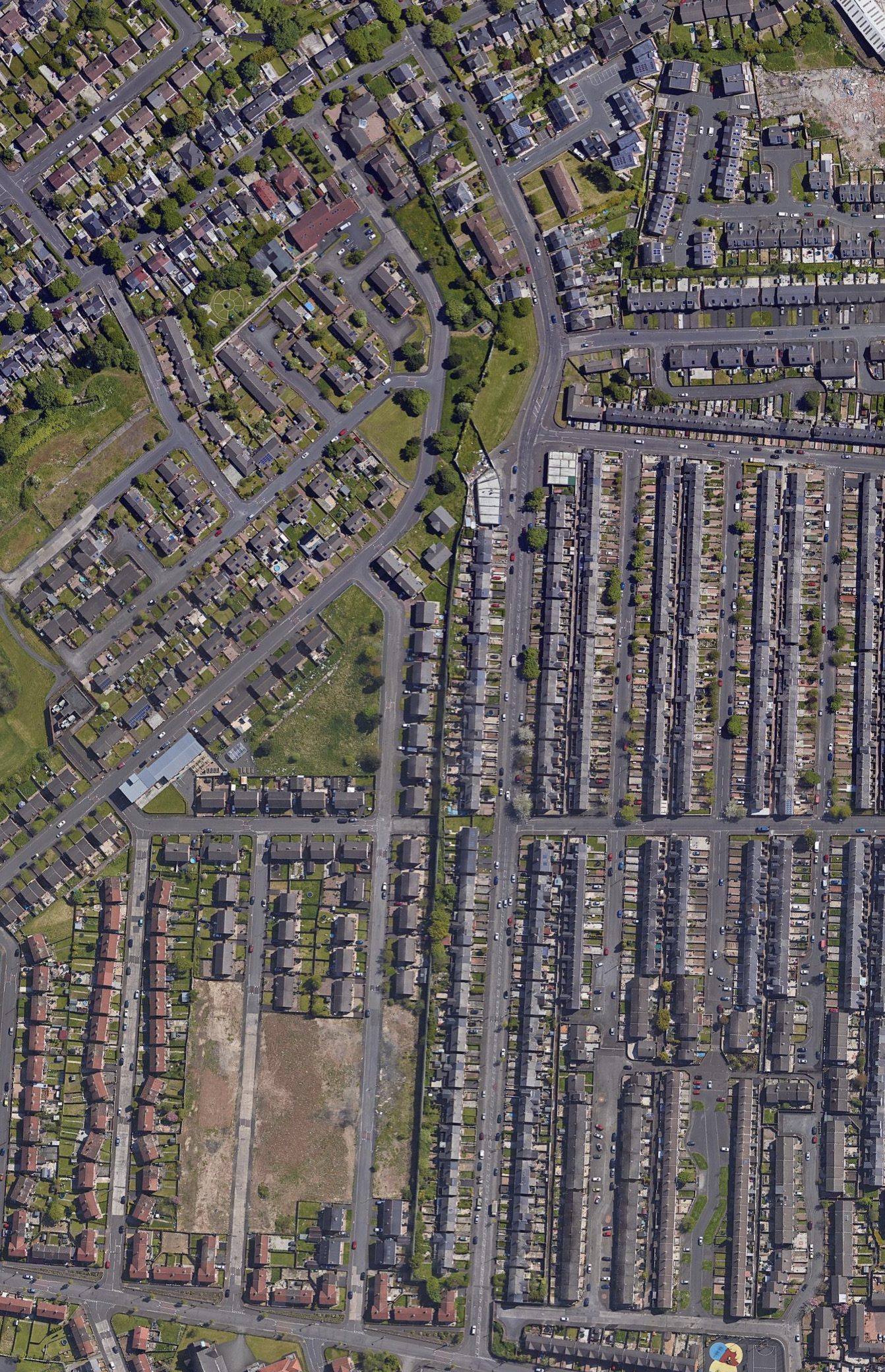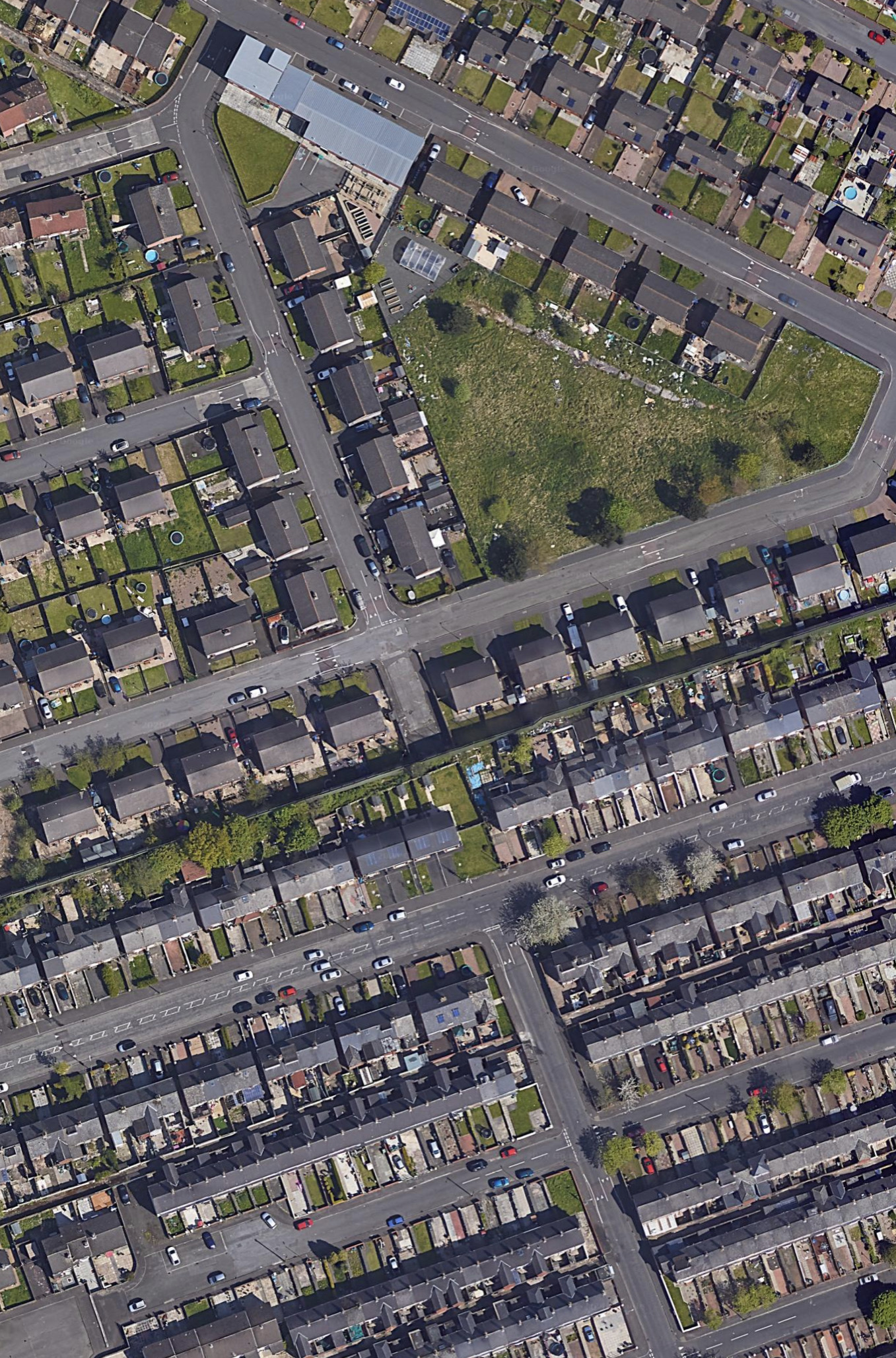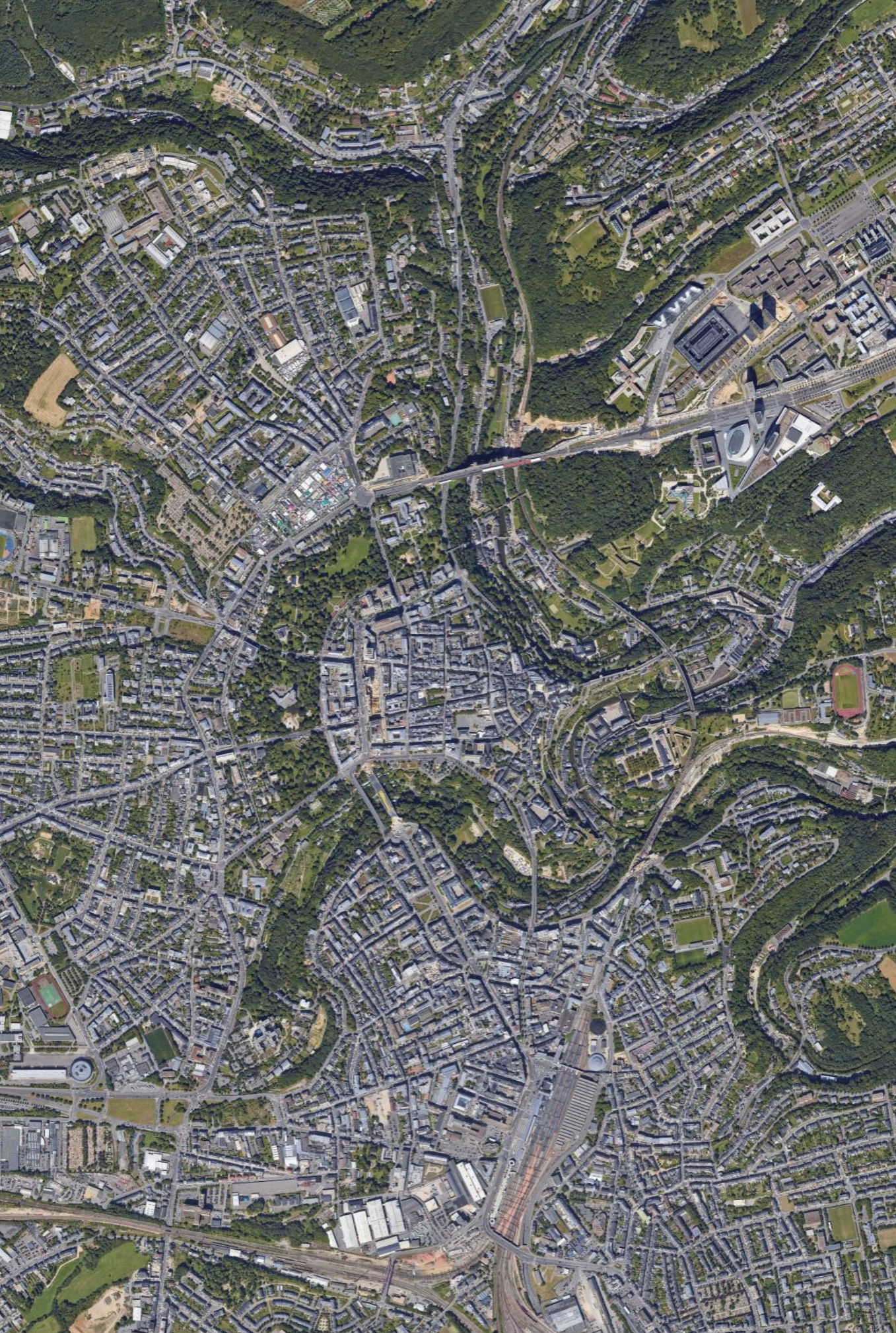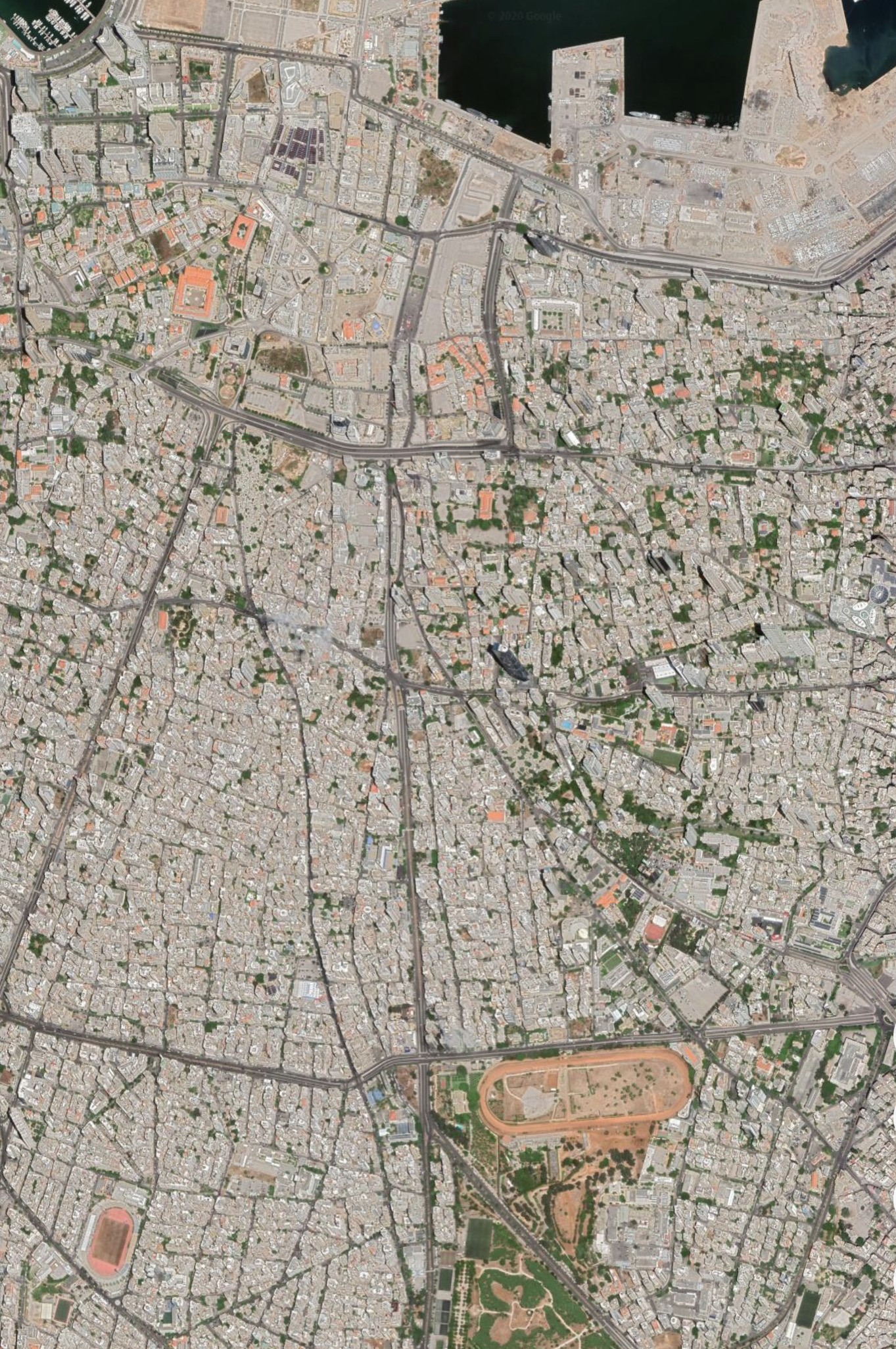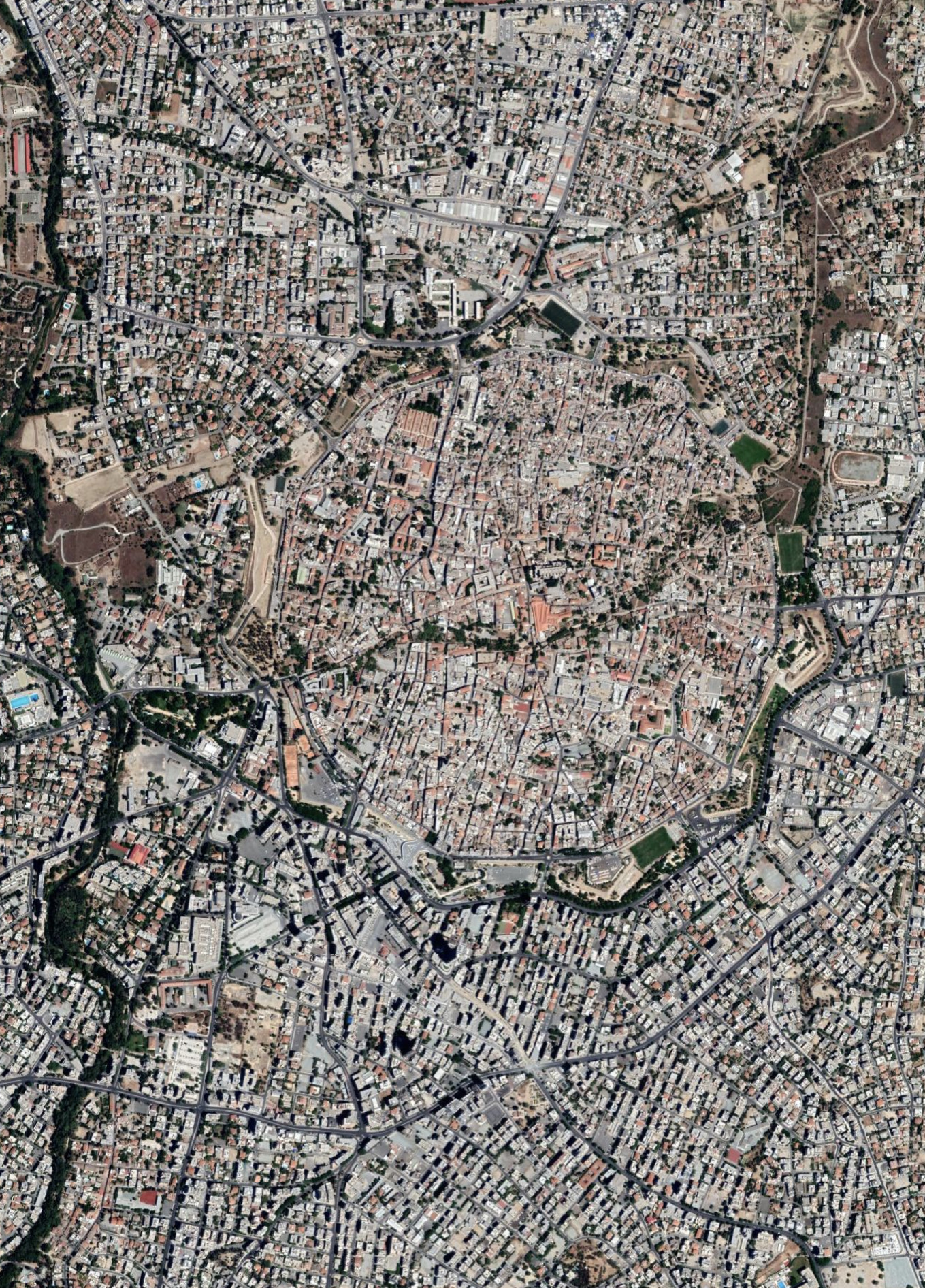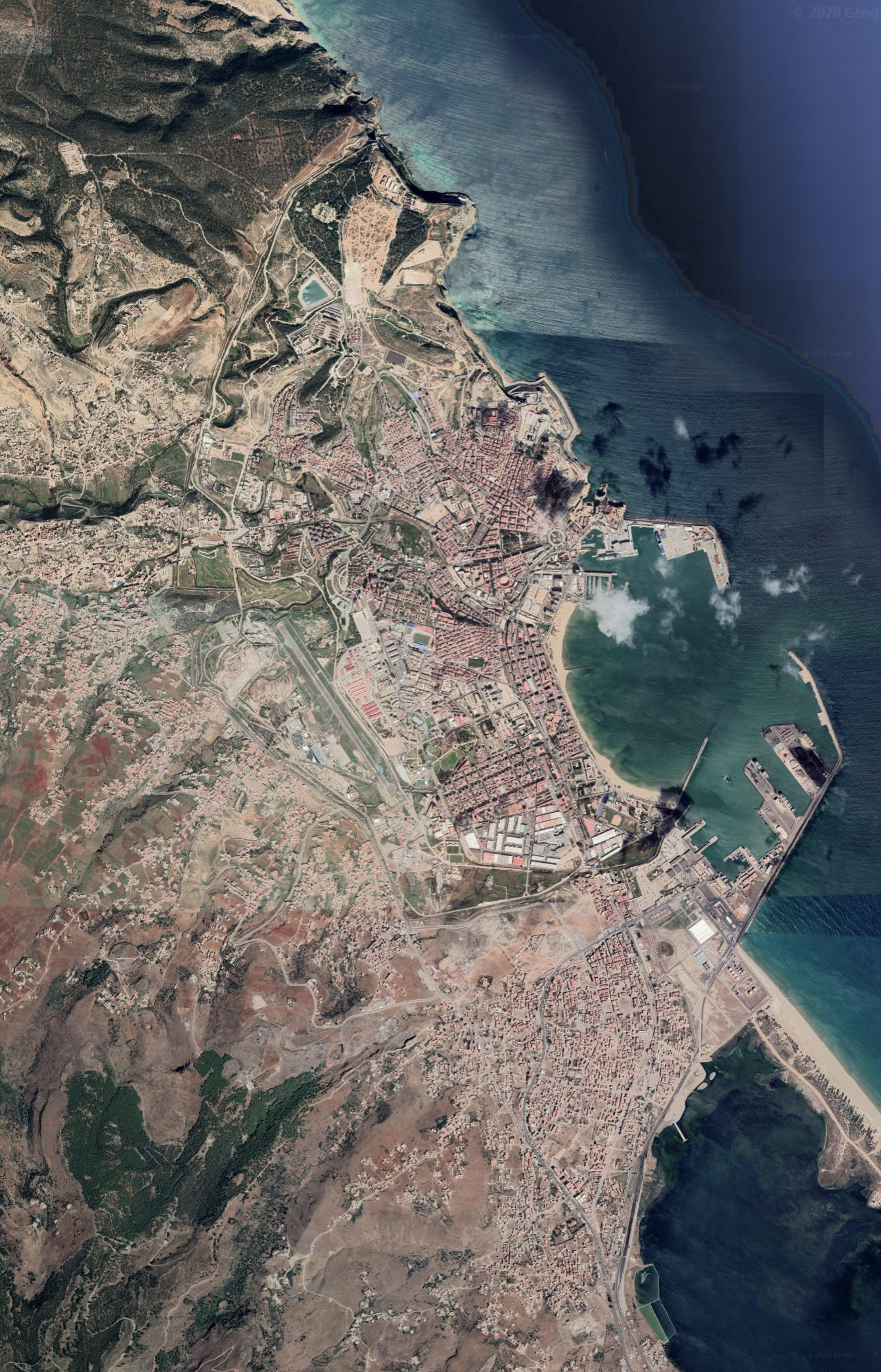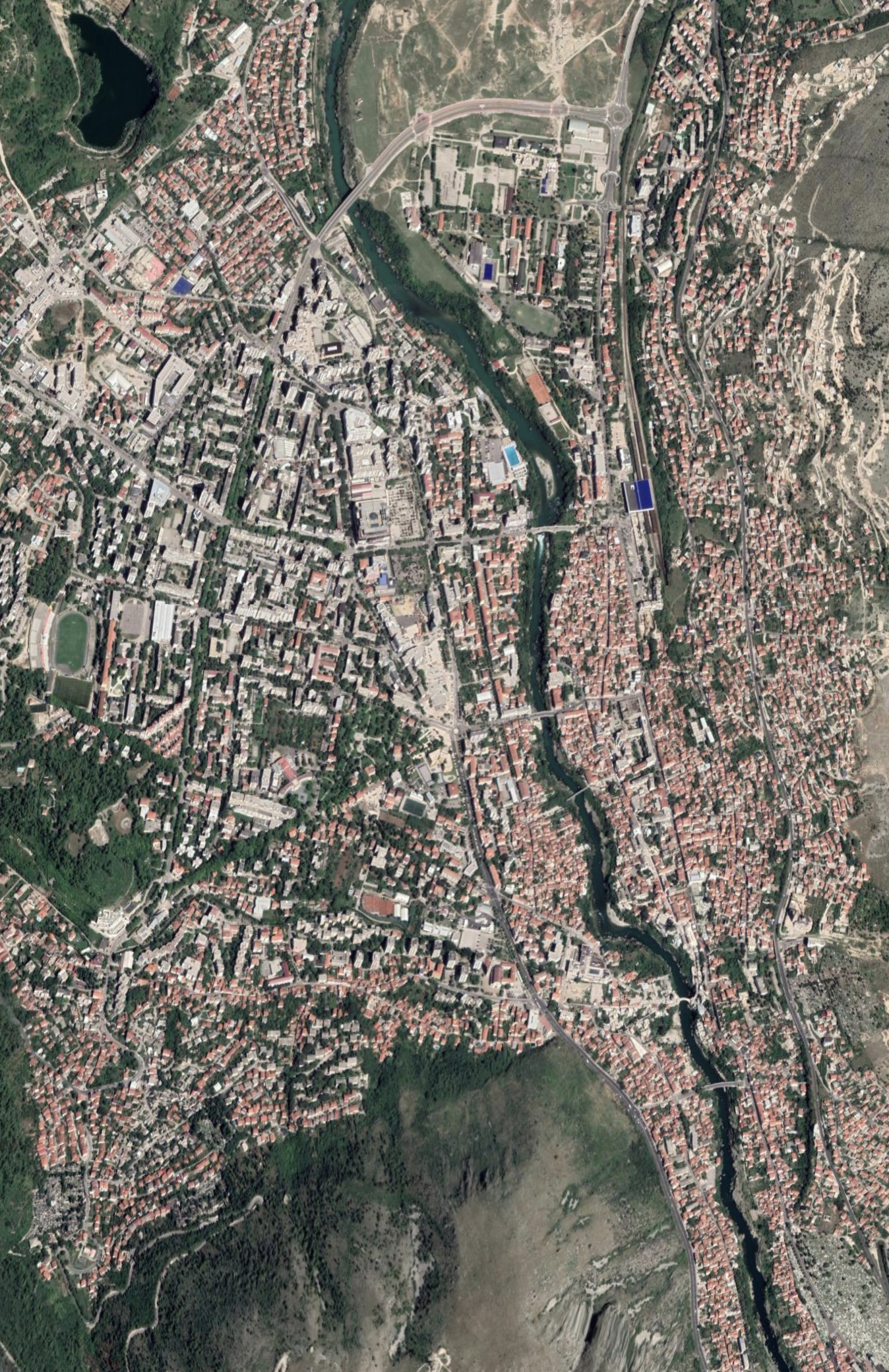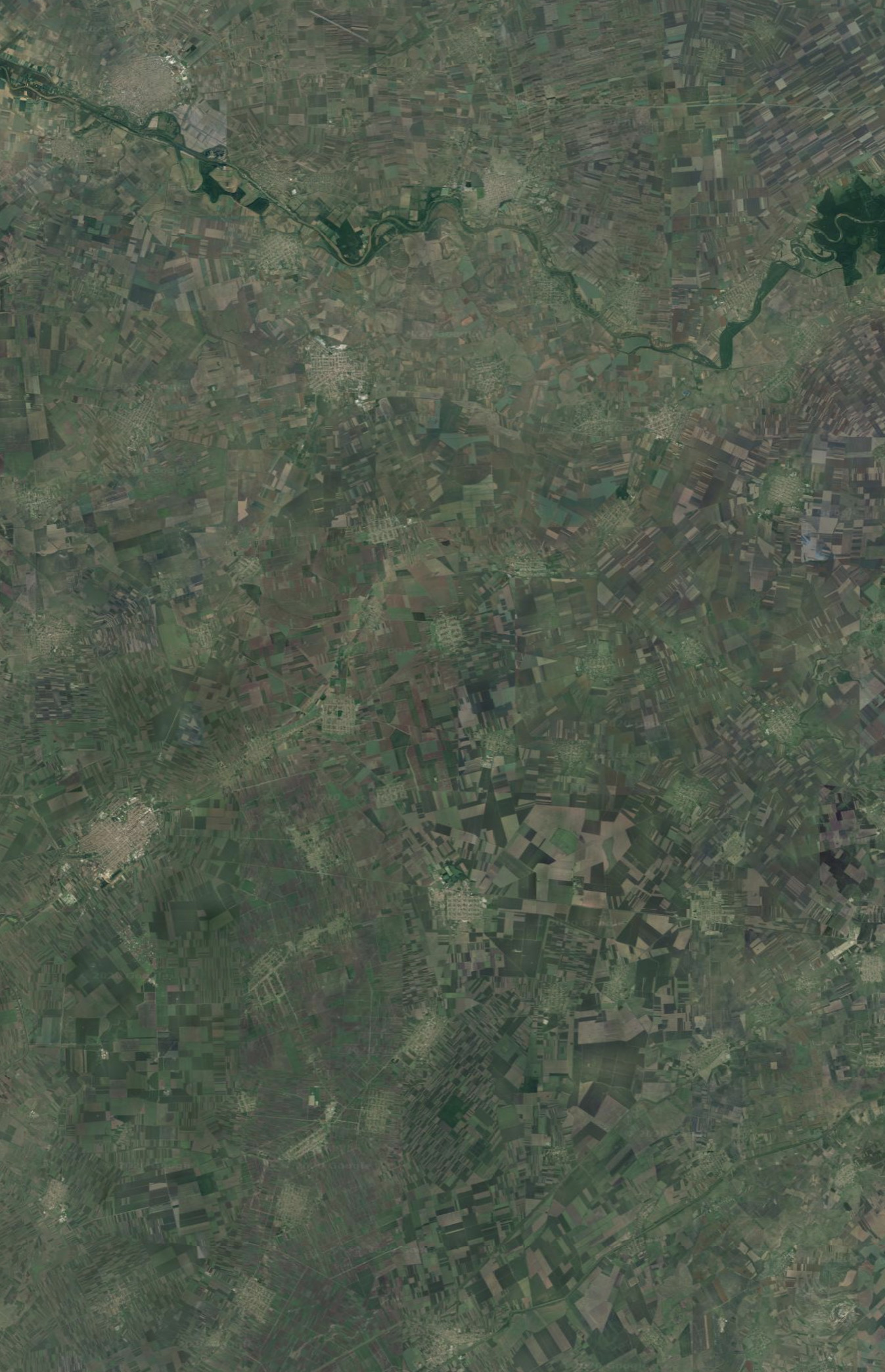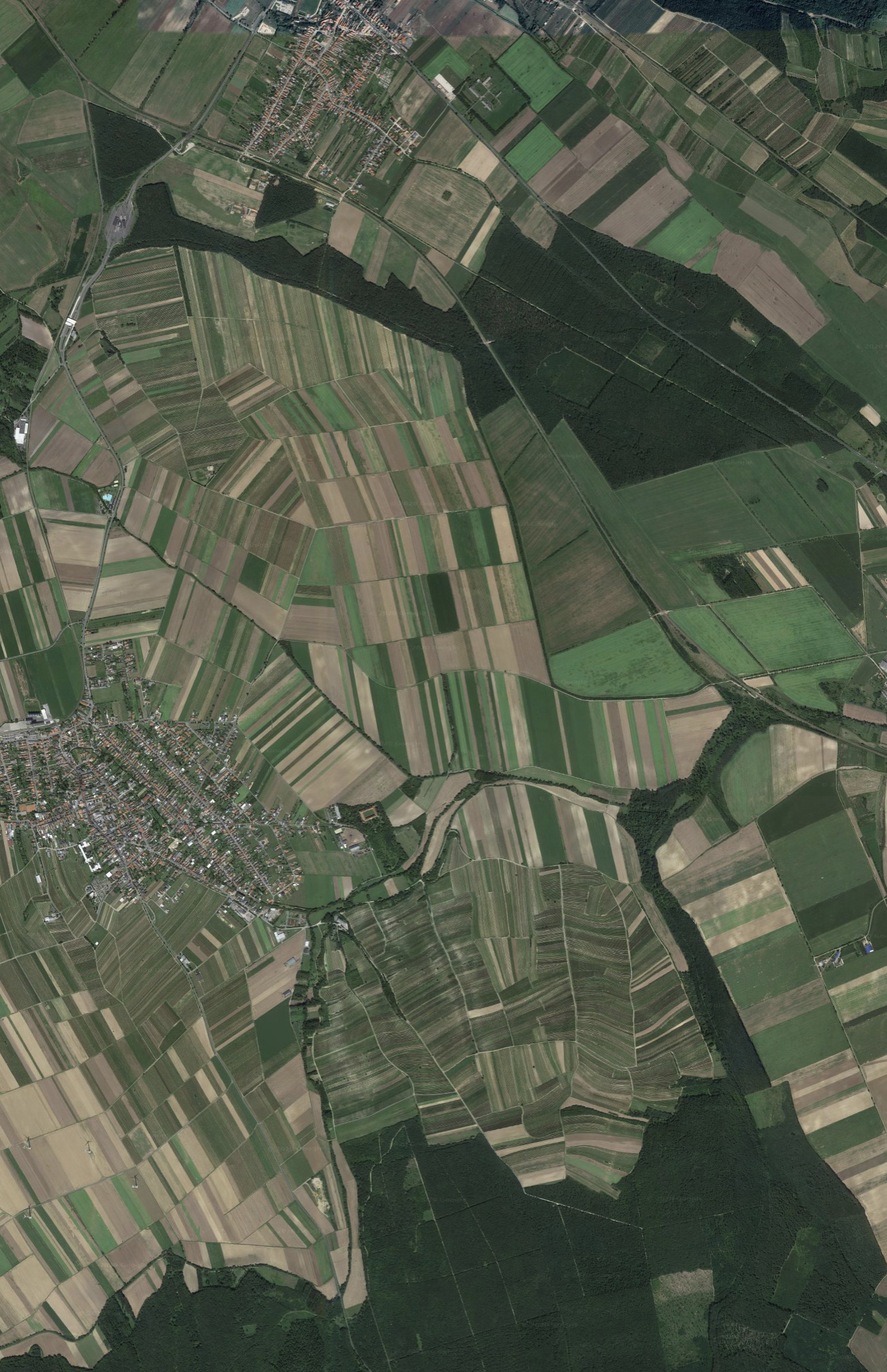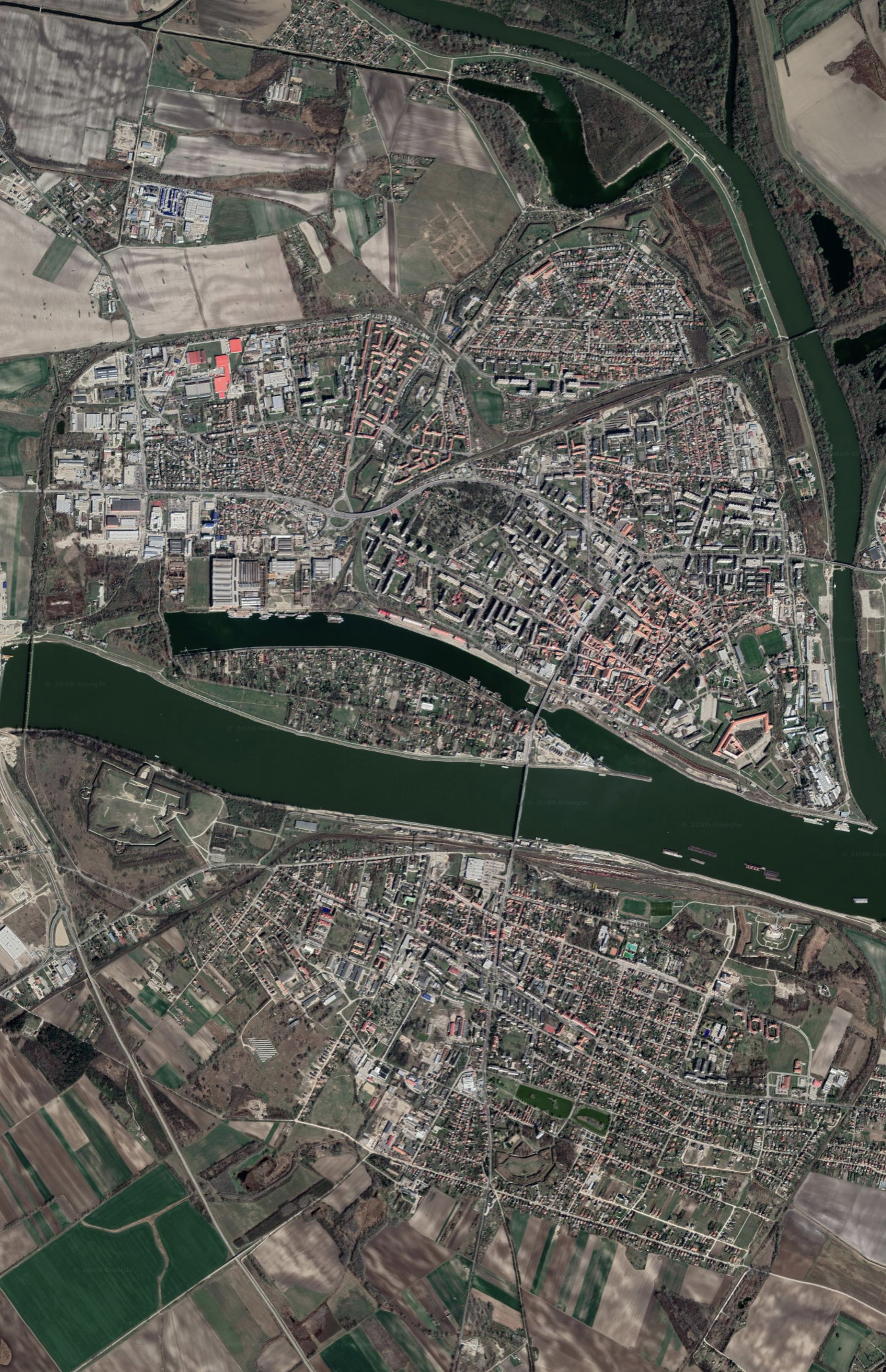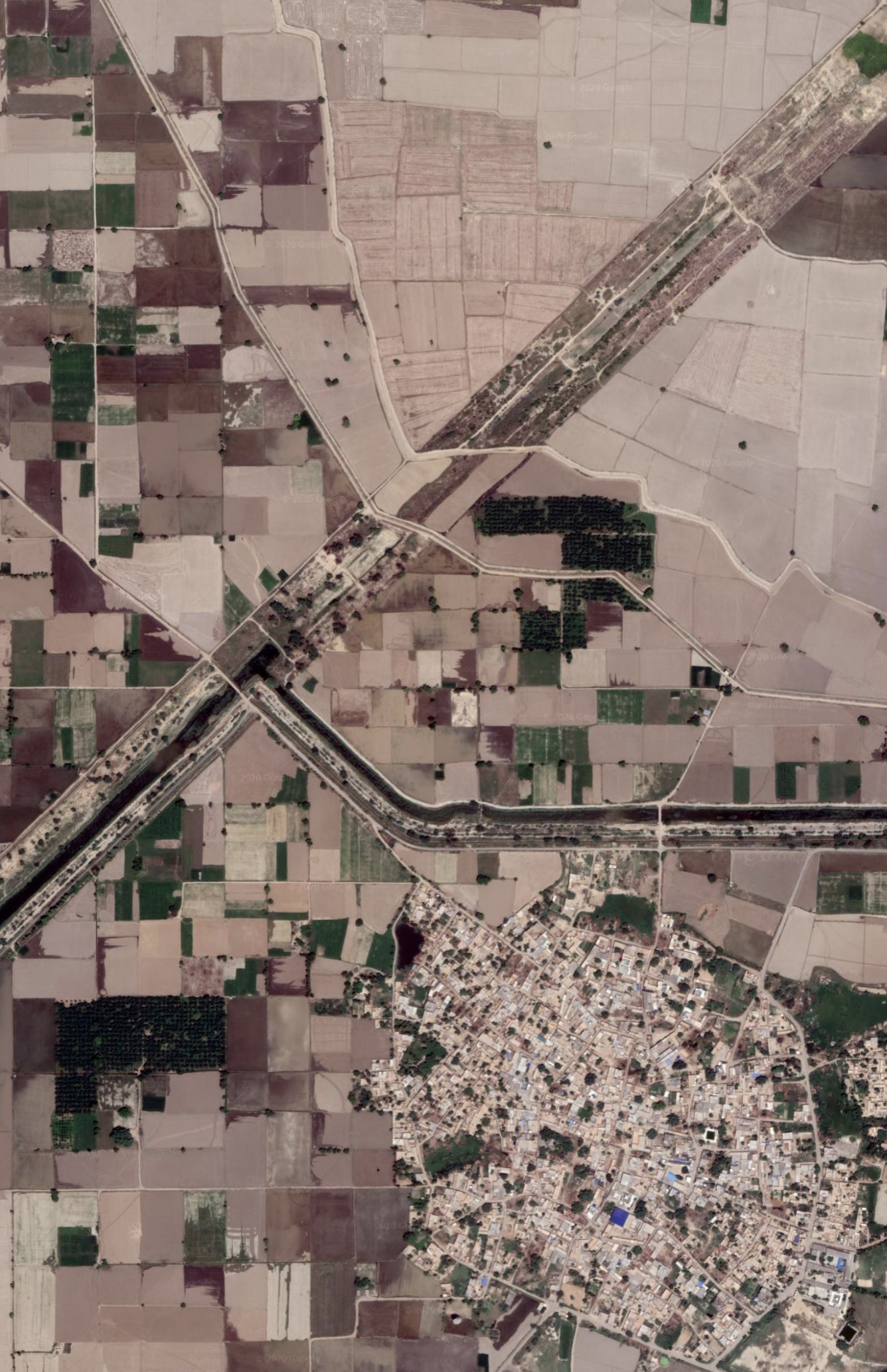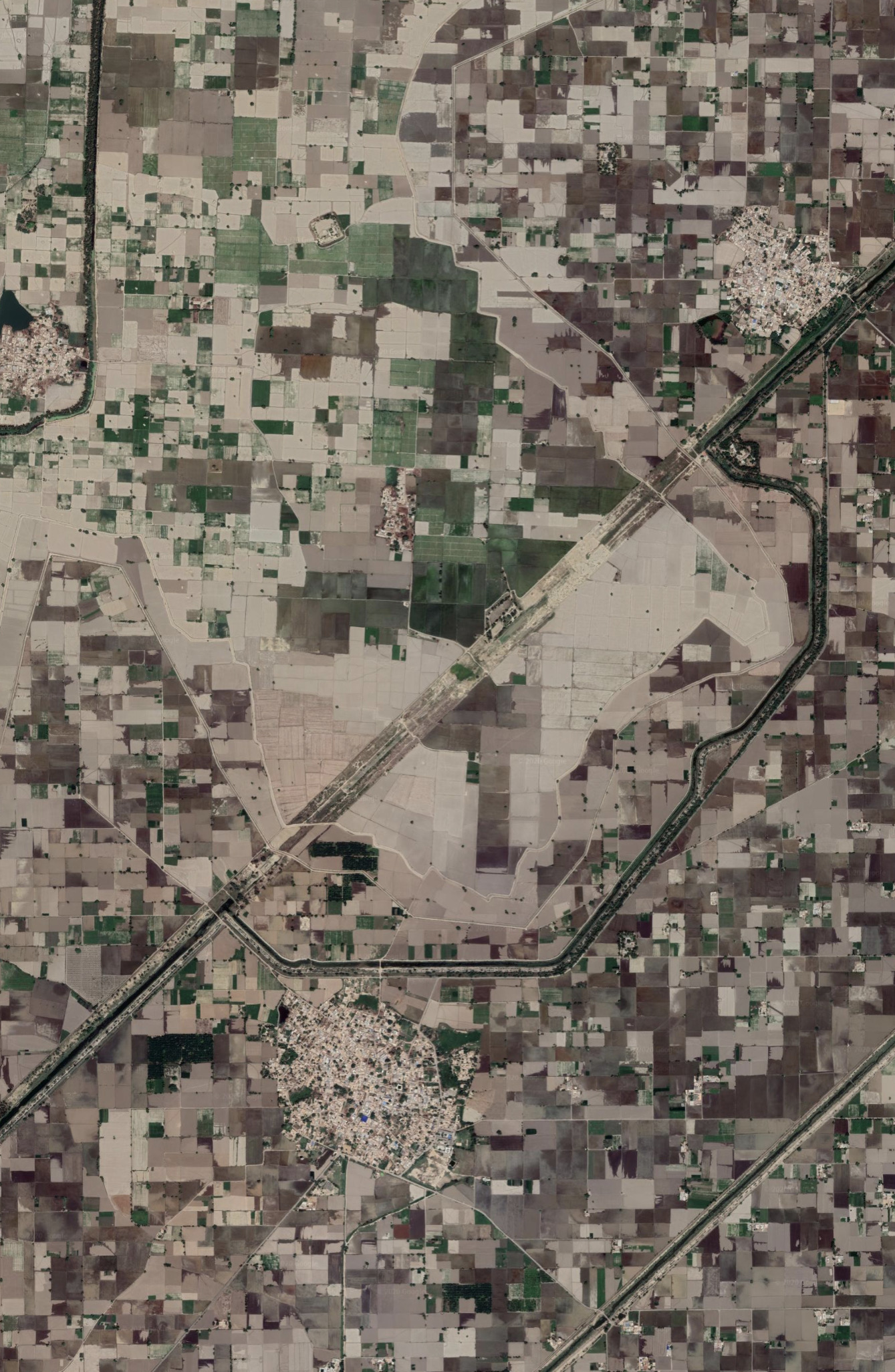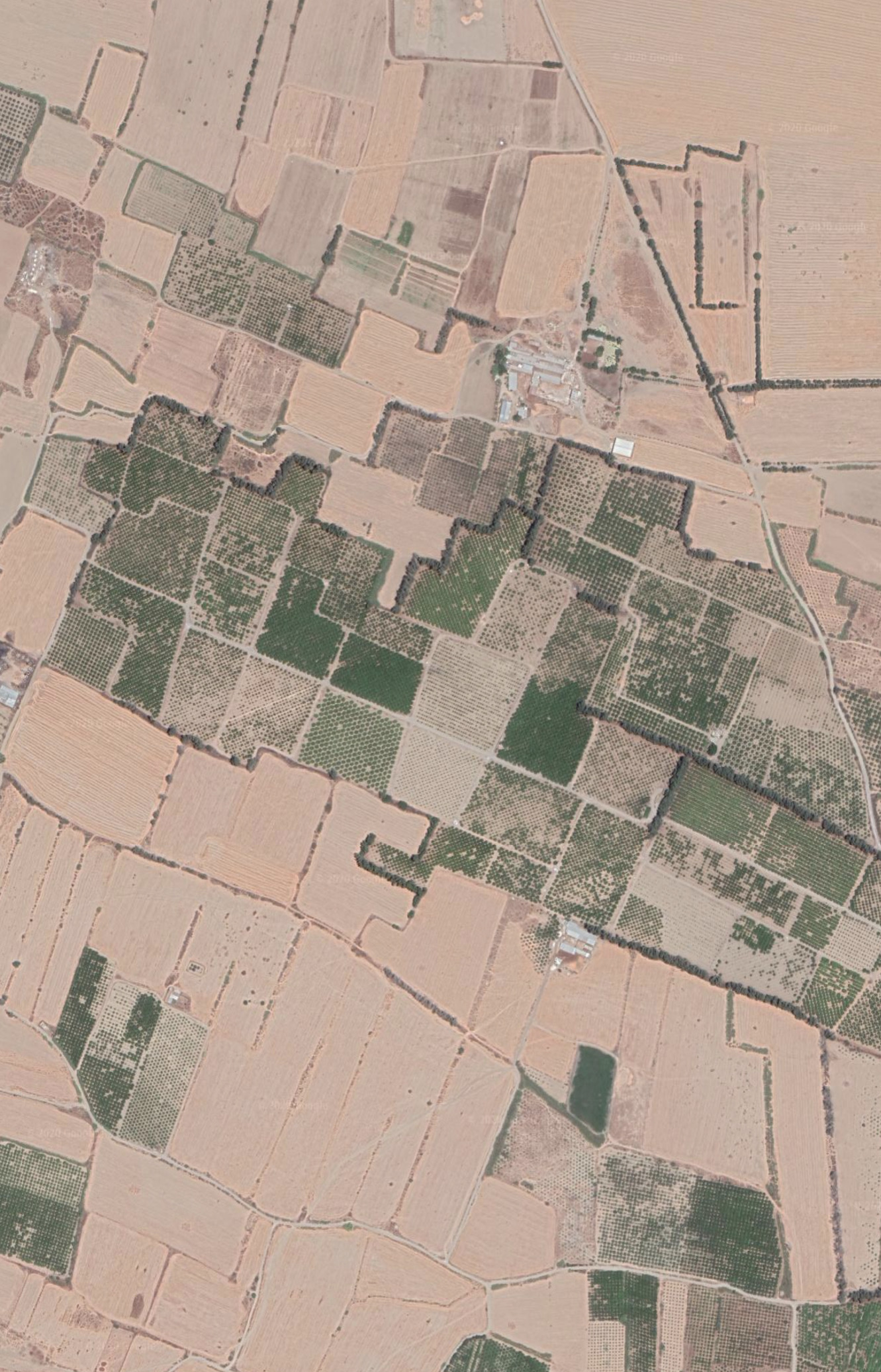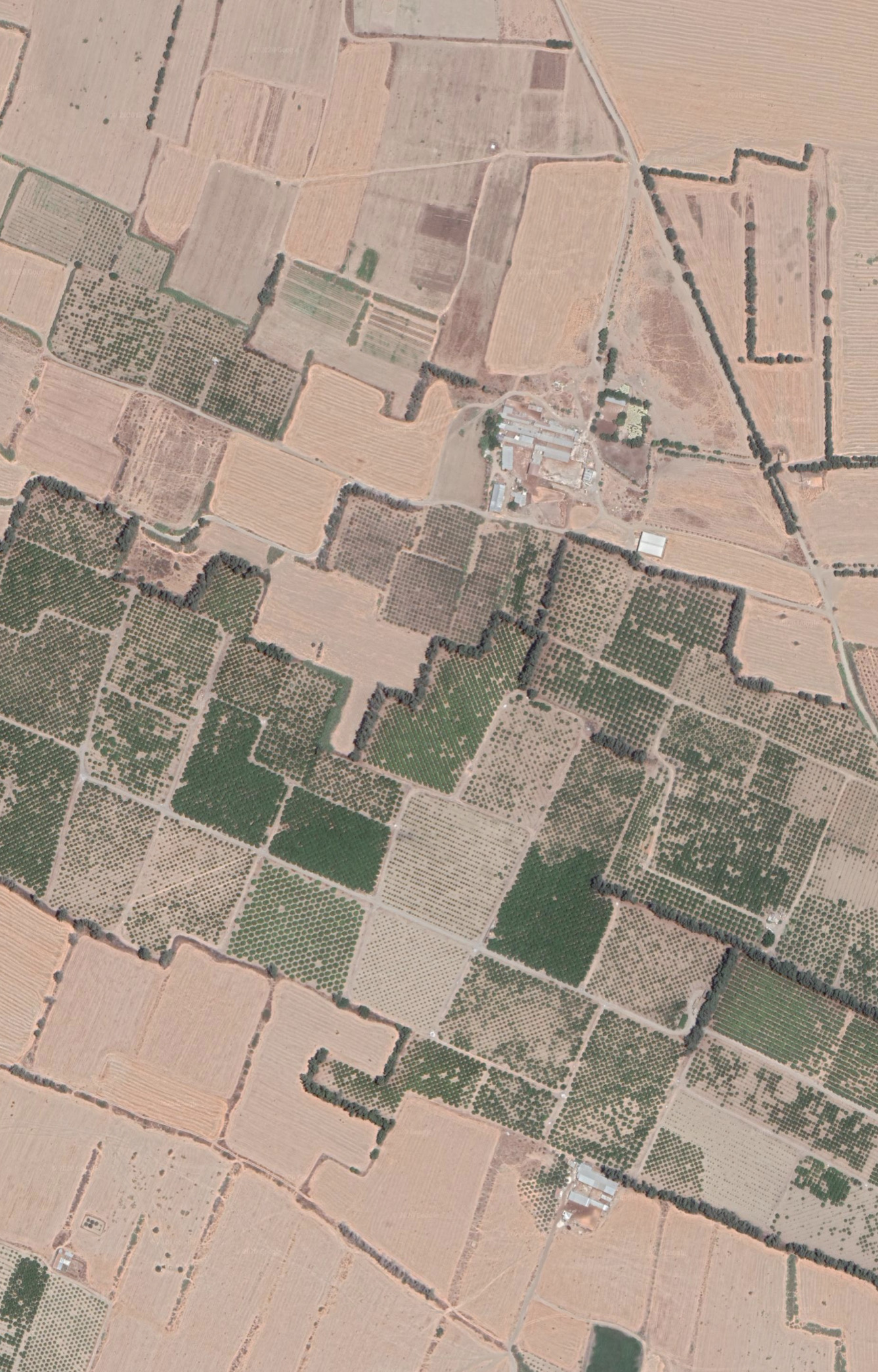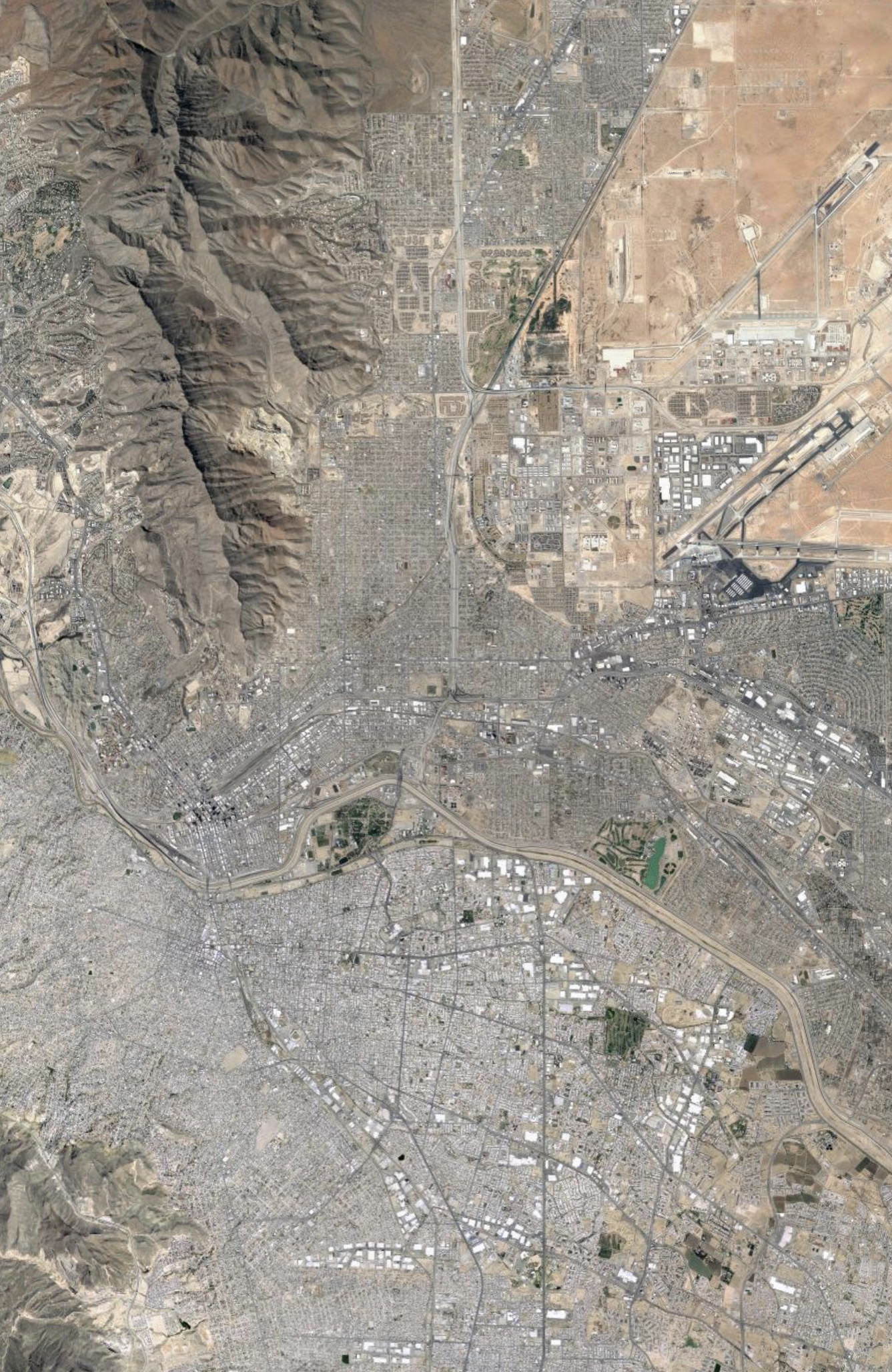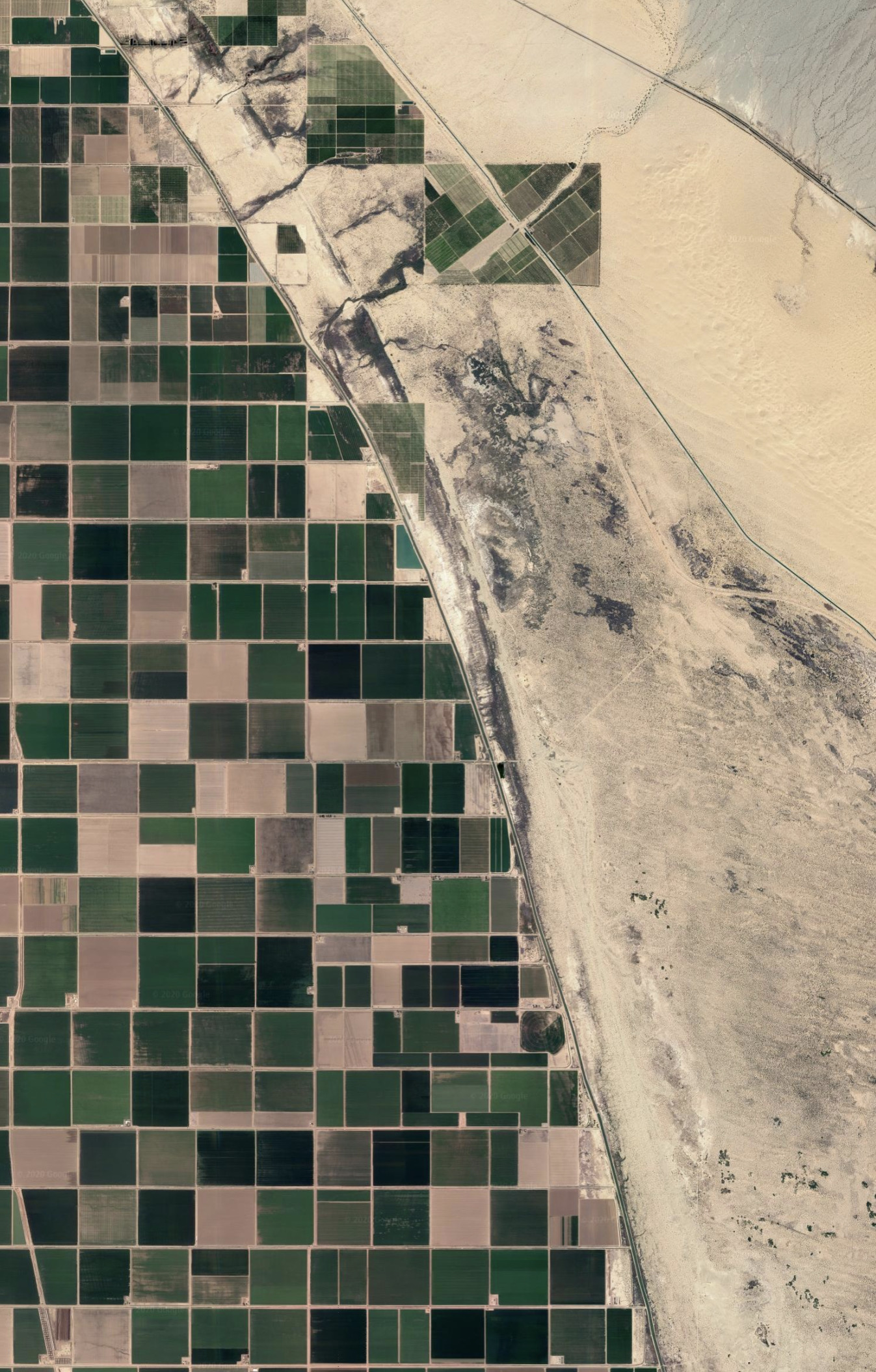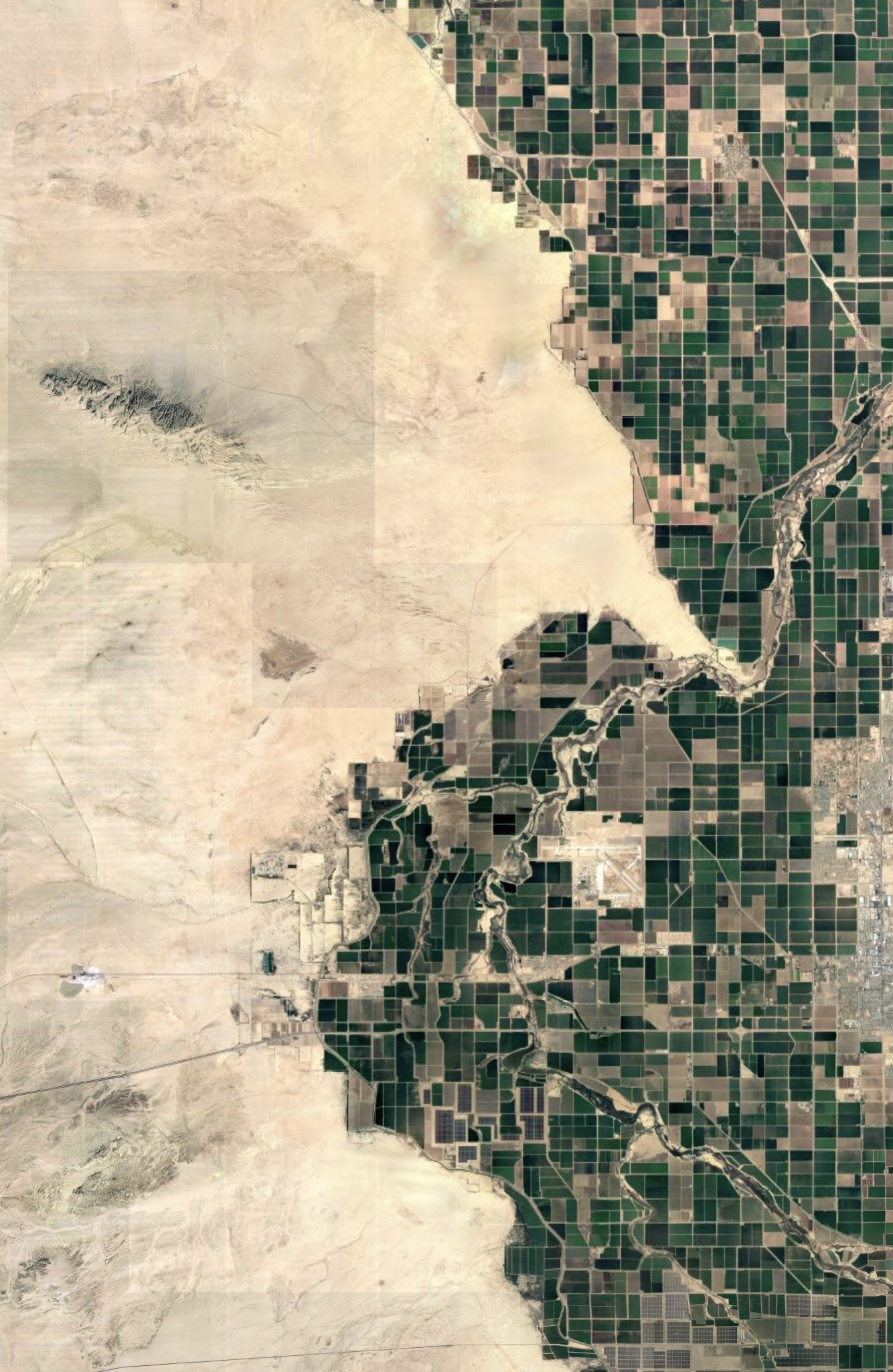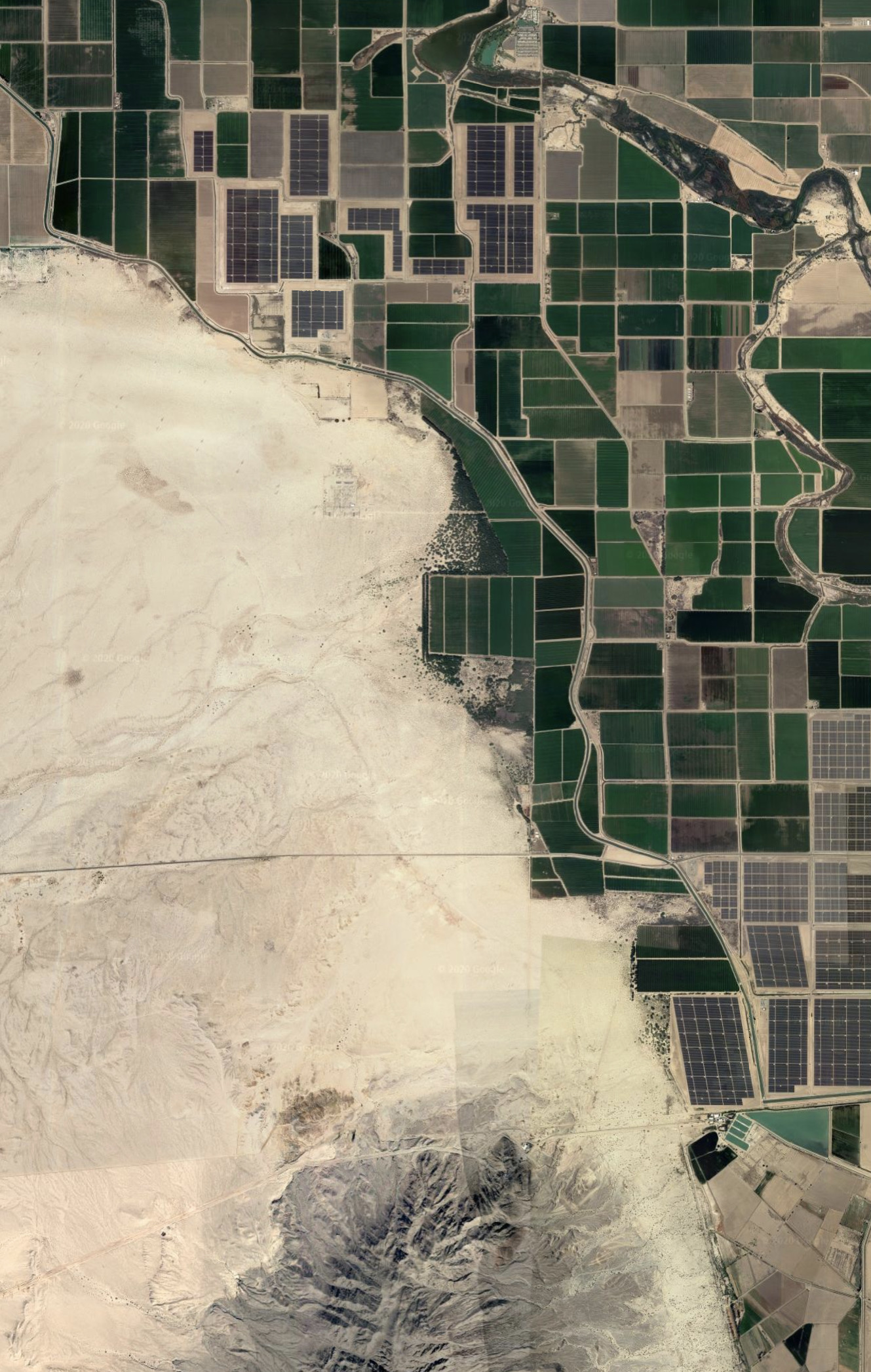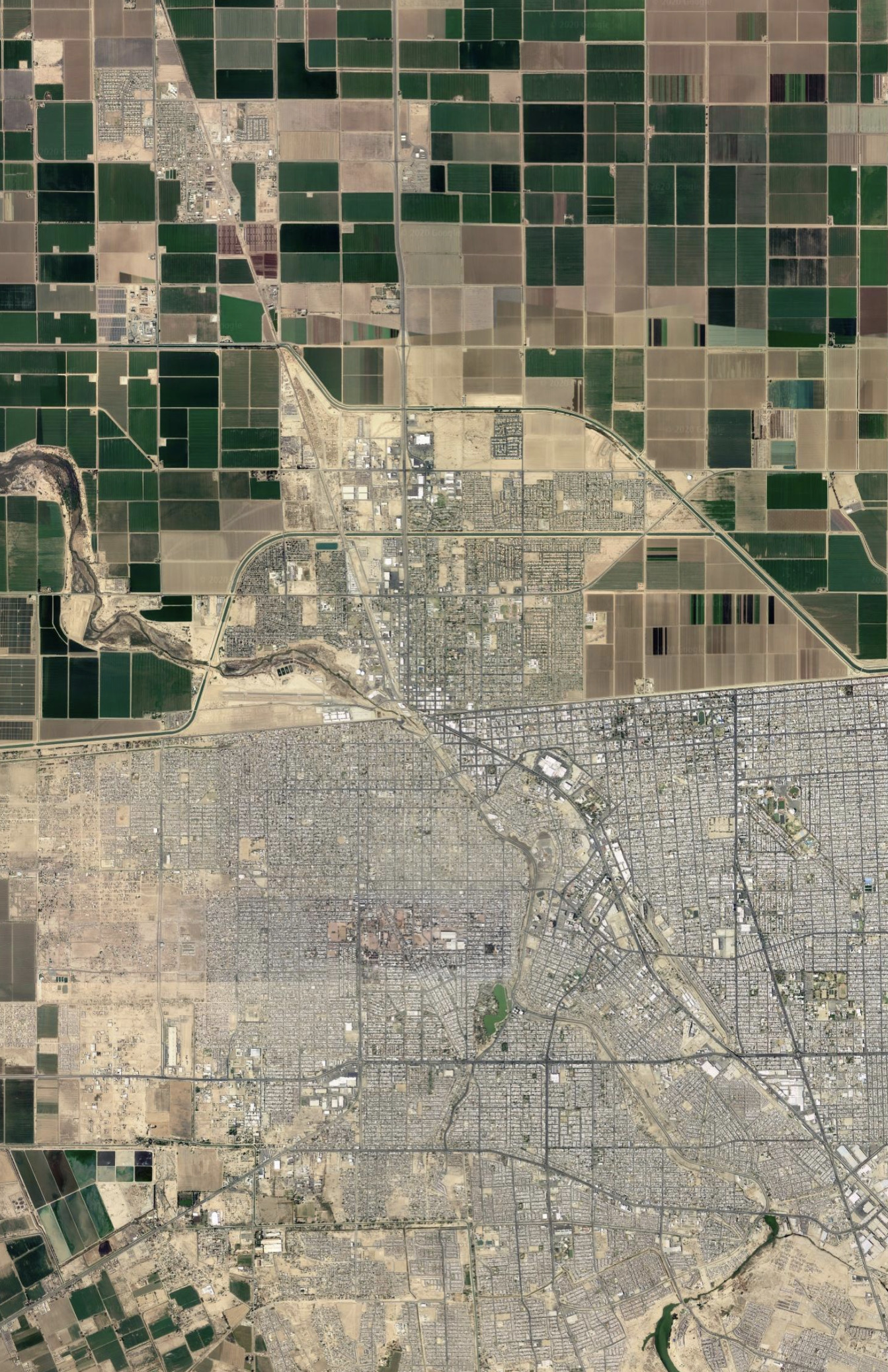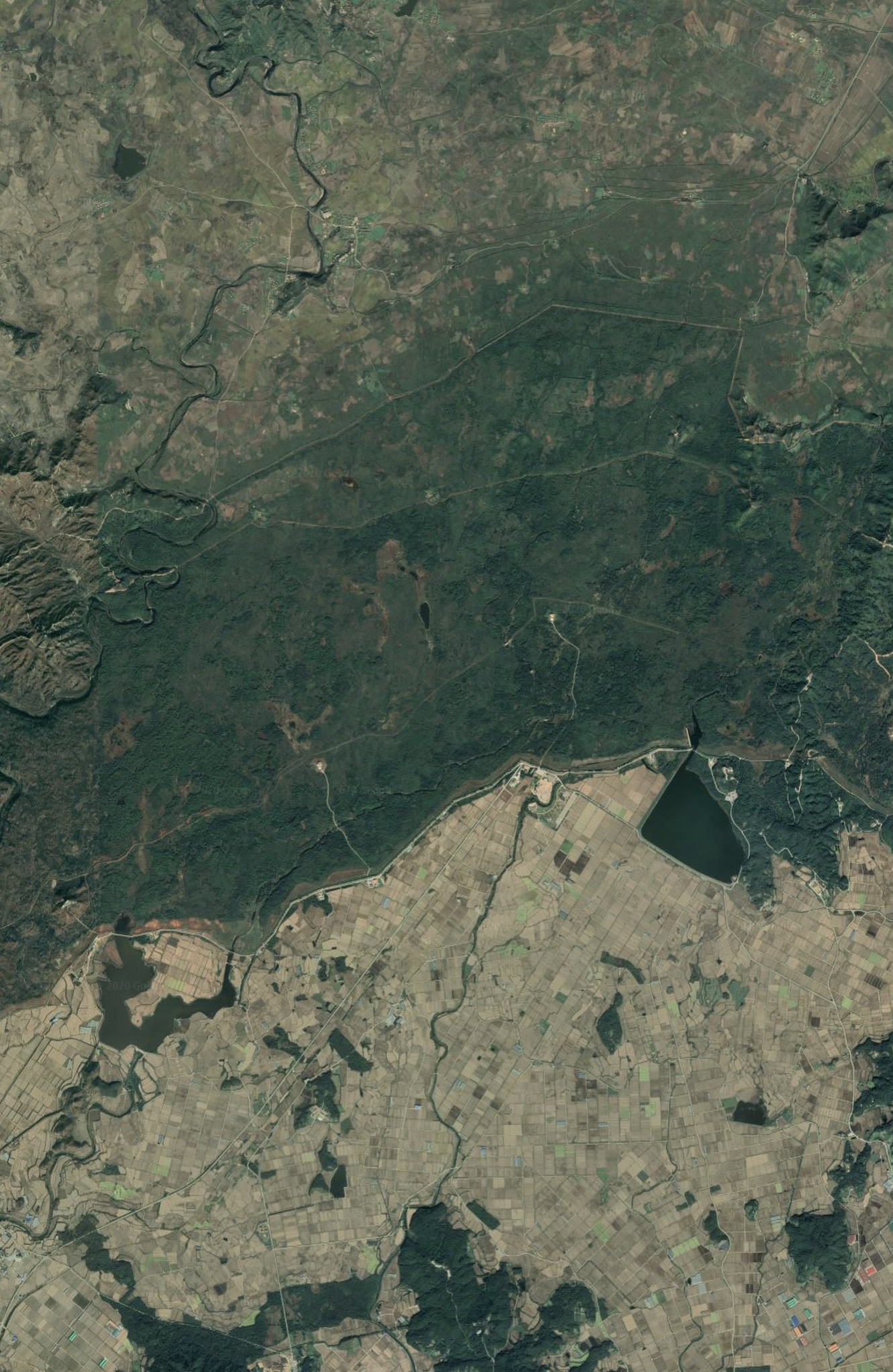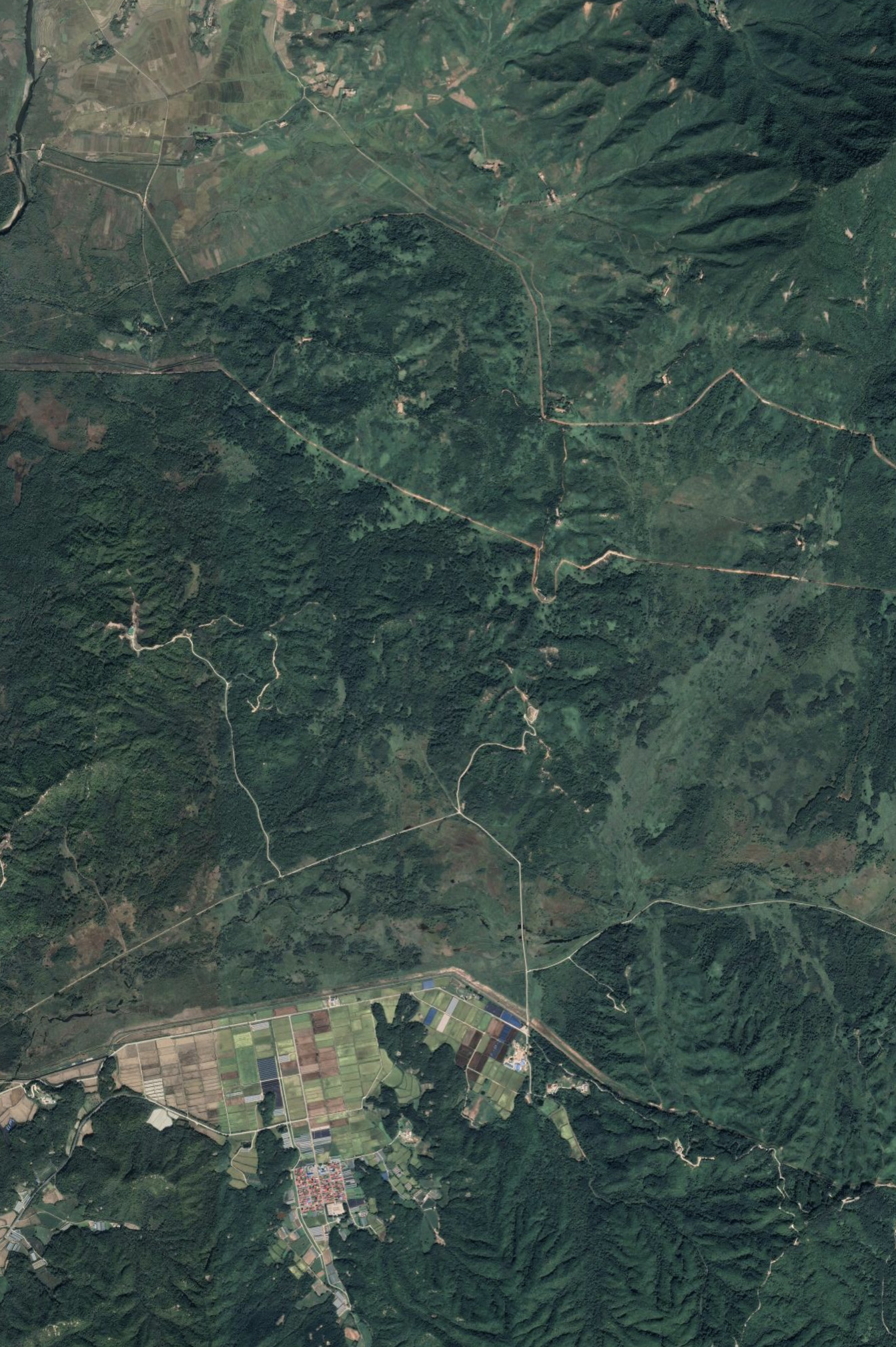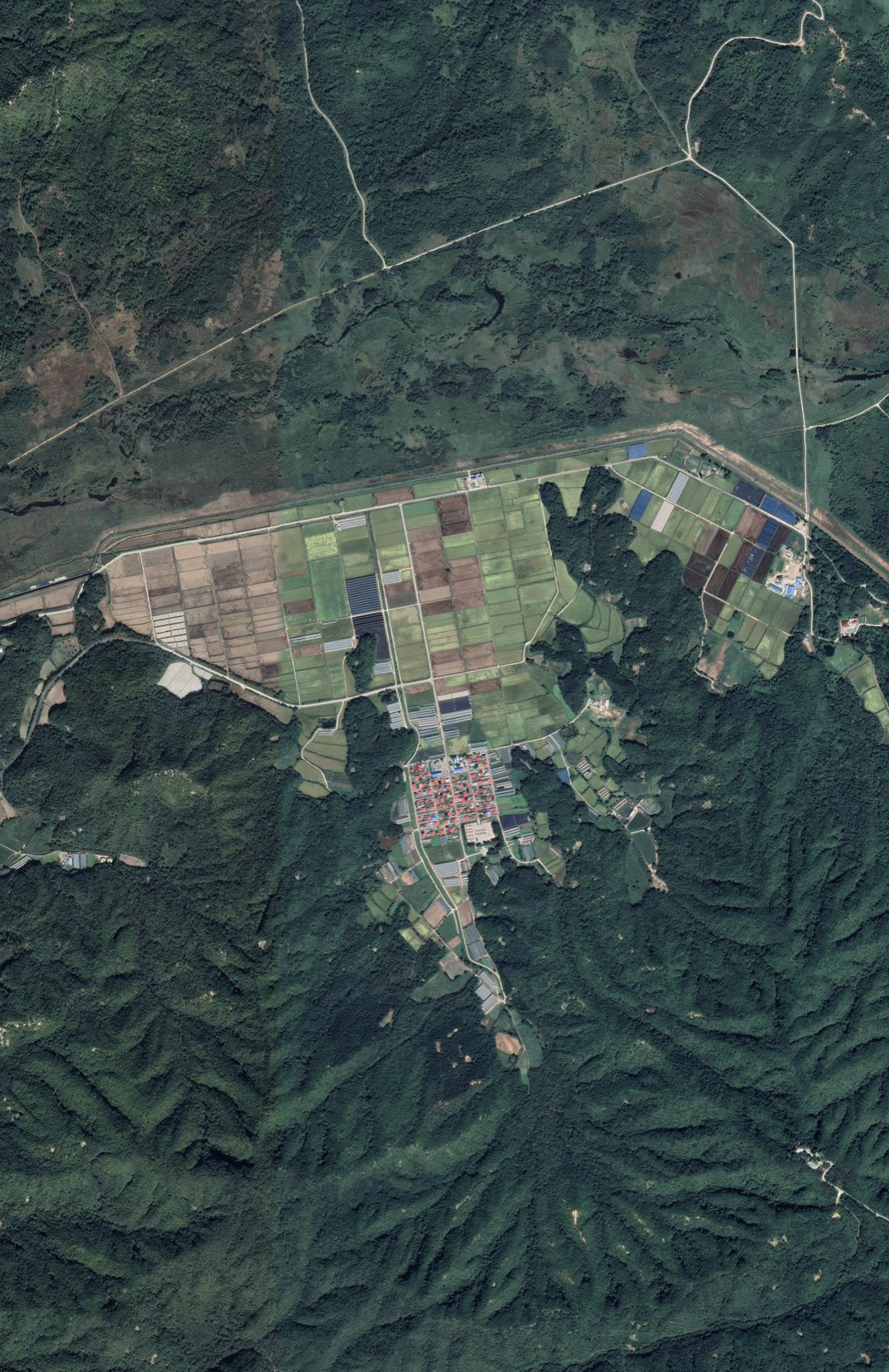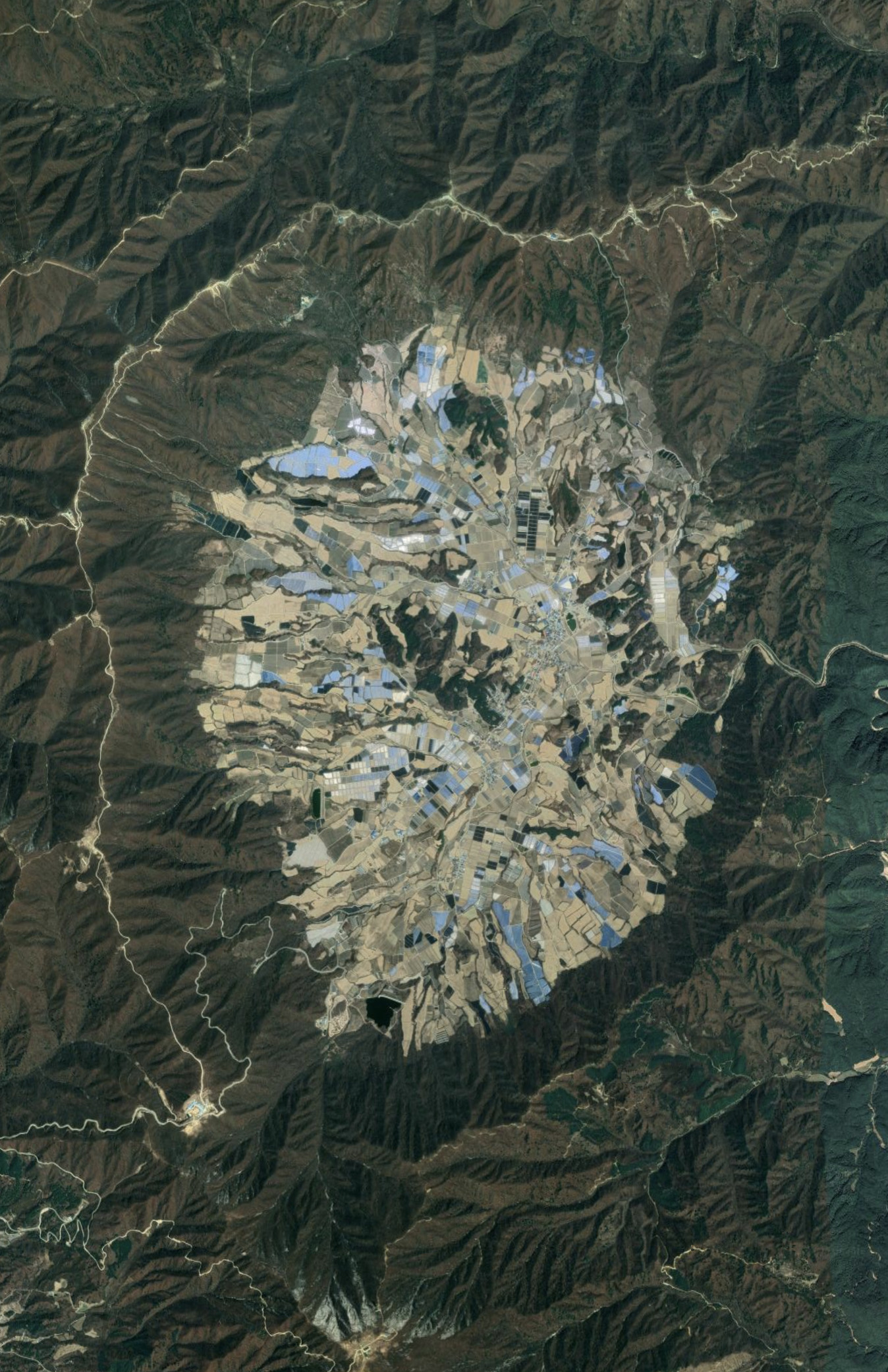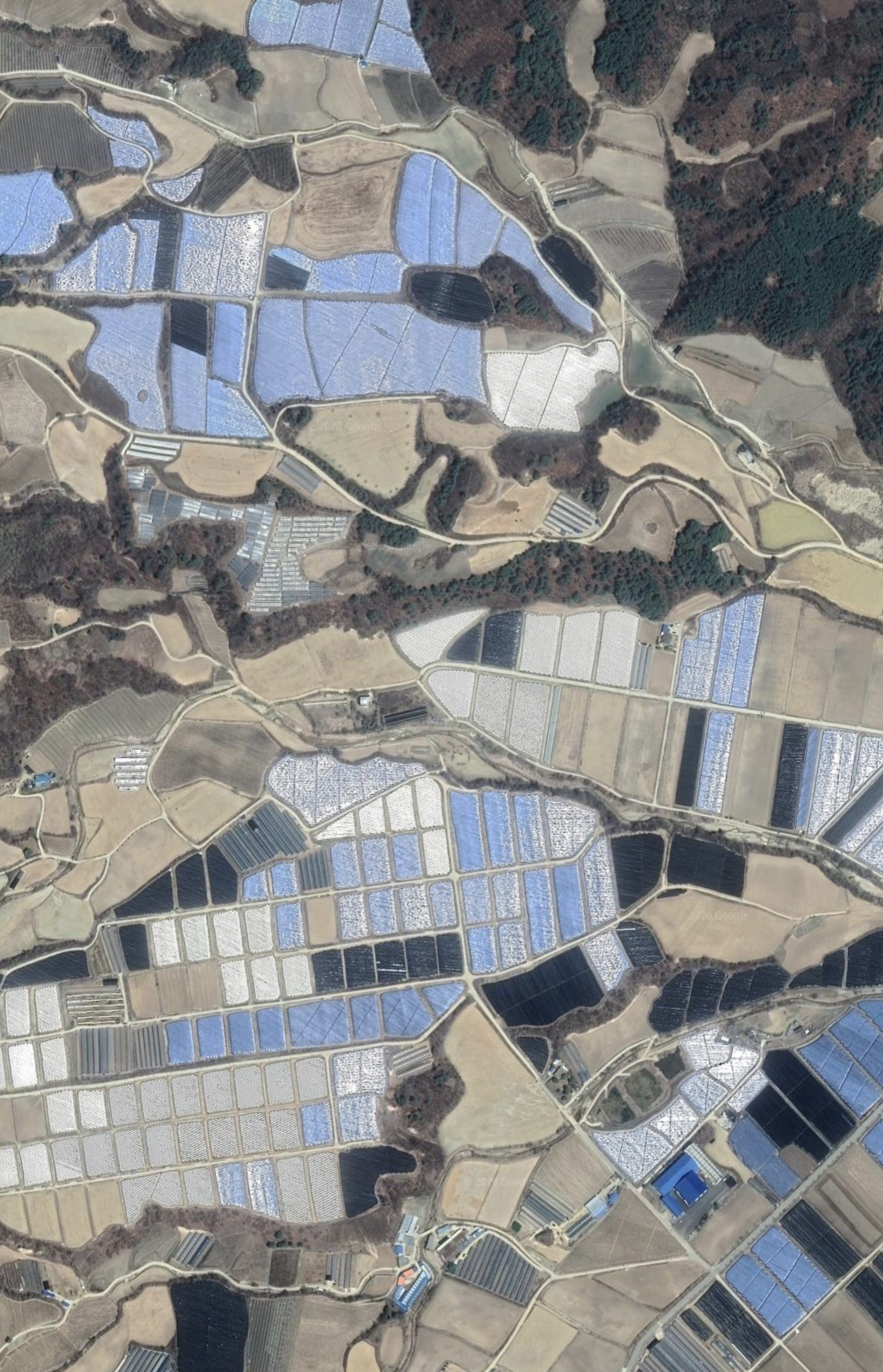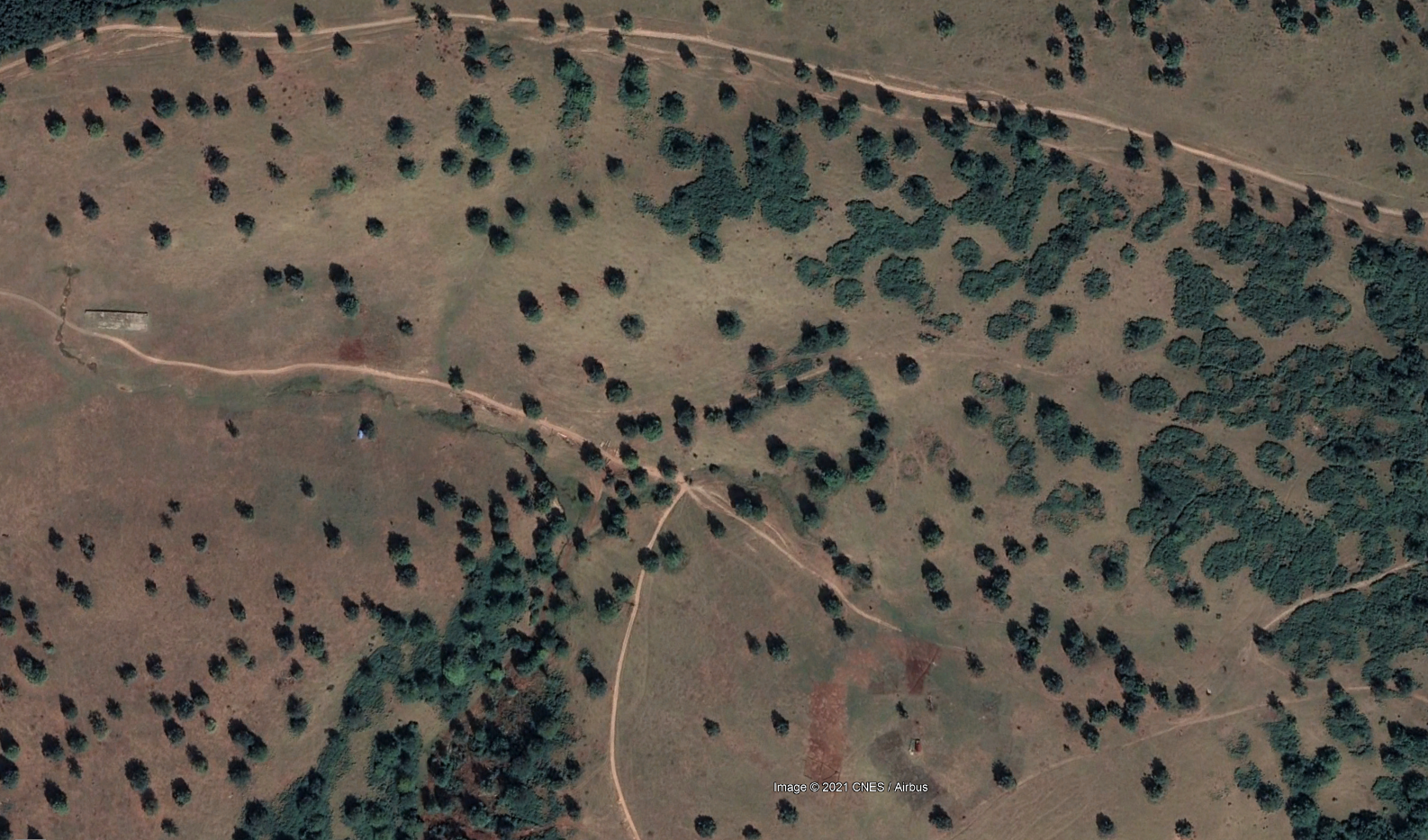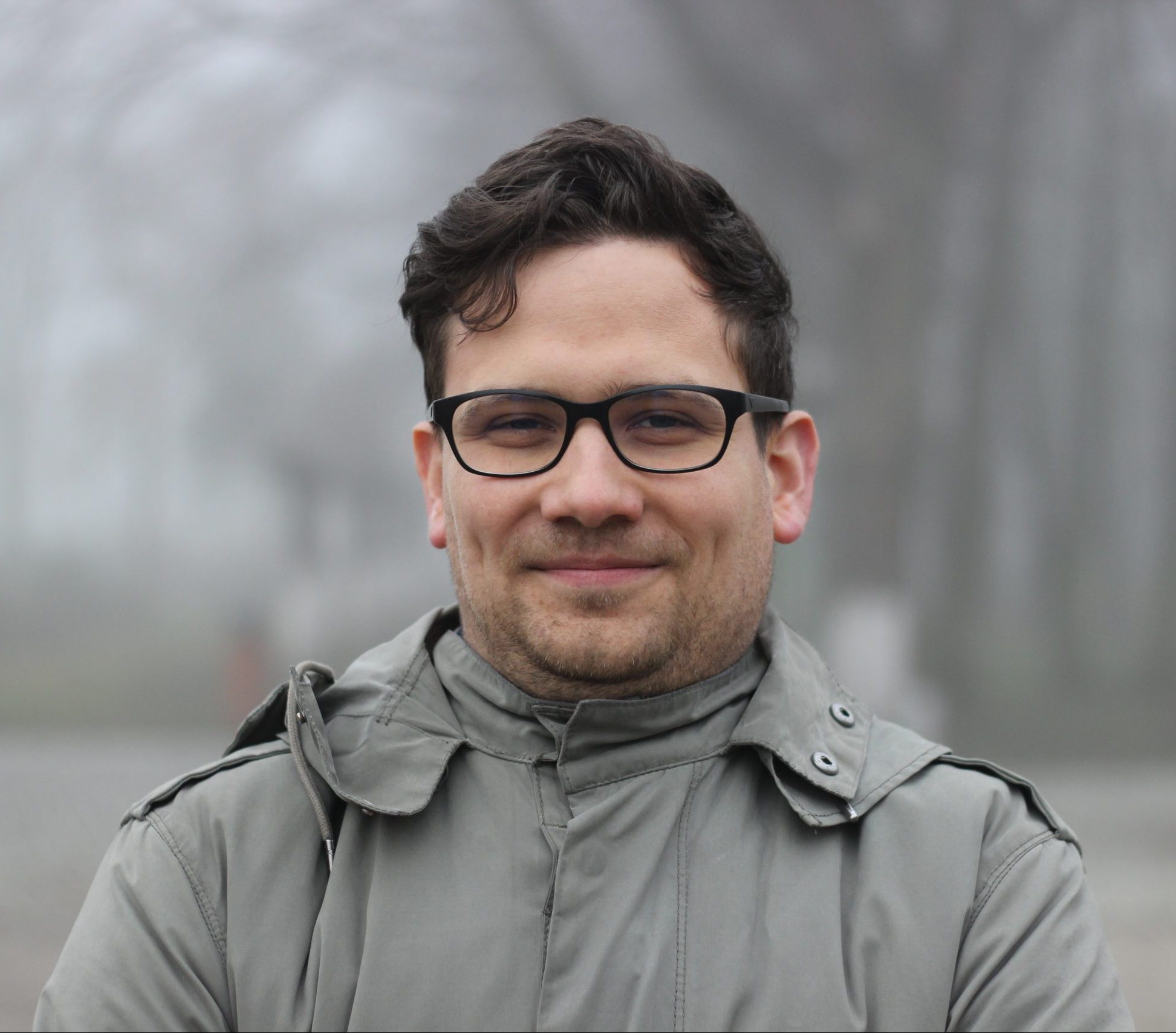O1.M1.06. History drawn in the landscape – Border imprints and how to read them. Case studies: Călugăreni, Budapest, Jimbolia
Free
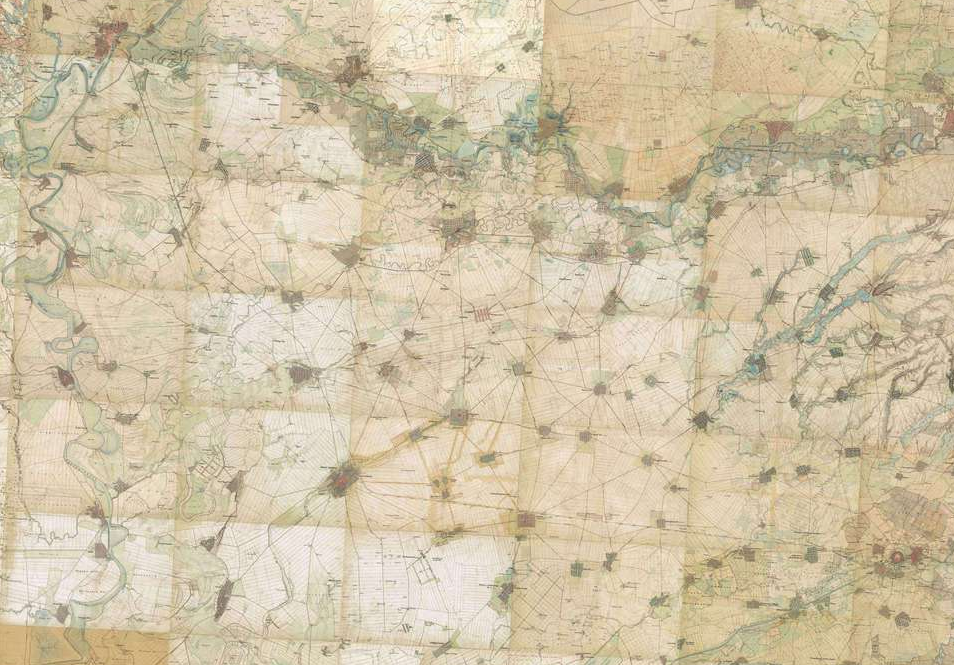
About this course
Chapter 1. The landscape as a border – the border as a landscape
Teaching method: lecture
Duration: 20 min
All the world around us is marked and defined by borders – being natural or artificial, physical or ideological– and their imprints remain carved in our landscapes and urban patterns during centuries. Most of these remains often hide, they are seeming natural or even organic for us during our everyday life. This is because the scale of this pattern marked by the forcelines of (sometimes) long disappeared borders is bigger than our “normal” human viewpoint could receive it. The key to understanding this very particular layer of our environment is getting above and seeing our world from a completely new and different perspective: from the sky. With the help of ancient maps and using the newest technologies (LIDAR, satellite etc.) we can now easily observe our world and investigate the patterns surrounding us. And this could serve us as a new and very useful toolkit additional to the classical ways of the research of the territory. In the following I will demonstrate through various examples the potential in this toolkit and finally we will conclude in a typology which helps us read the territorial pattern marked by different kinds of borders. As the last step, we will see how all the theory works in a particular yet randomly chosen situation: in the case of Jimbolia.
Chapter 2. The land of borders
Teaching method: lecture
Duration: 20 min
Speaking of the importance and the diverse world of the borders, the Carpathian basin can be easily considered as one of the most complex examples around the world. The innumerable territorial changes during the long history of our region is carved in the landscape everywhere. During the Roman era, then during the middle ages and the Ottoman occupation the landscape changed constantly within the moving borders, making visible the different usages of the land – or sometimes the lack of the use of it. During the 20th century again rapid and drastic changes happened as a consequence of the two word worlds, the fall of the Austro-Hungarian Empire and later during communism. At the beginning of the 21st century with the help of the European Union a new era came: after centuries marked with borders moving for and back maybe we are entering a new age, now without borders.
Chapter 3. The land remembers
Teaching method: exemplification, case study
Duration: 20 min
The curiosity of the case of Călugăreni lies in the fact that, due to its somewhat secluded position, its built fabric and its surrounding landscape have survived the last few centuries in relative integrity, despite the social, sociological and identity changes that have taken place in the meantime. With the help of the physically visible traces of these layers and the exploration of the relationship of the local community to them, it becomes possible to show how the border, as a concept with many meanings and a physical sign fitting into the landscape, interacts actively and changingly with the community. Călugăreni ‘s example clearly shows that the physical “body” of the border is able to take on independent, superimposed meanings and thus become an independent “communication interface”. Numerous contemporary and recent international examples also prove this: although the existence of the border often appears to be a violent, inhuman barrier to globalized Western society, the “content” on it as a neutral means of meaning is abstract and can convey certain messages. This is only possible if it is true that the physical representation of the boundary does not and cannot have a “presage” in itself. Border-related content is thus mainly the result of a social attitude related to its physical imprint, which can also change over time and as the circumstances change. As we have seen in Călugăreni, the narrative related to physical remains often deviates from the primary reading of the border (related to the circumstances of its creation) and lives completely independently, creating new layers of understanding. Assmann says that cultural memory transforms the factual past into a memorable past and thus into a myth. Myth is a basic story that is told to illuminate a certain present from an ancient origin [1]. Meanwhile, the real physical imprints and built structures become part of the landscape and completely lose their primary meaning, and they can even be freely endowed with new significations. However, over time, it may be the result of this inverse relationship that the physical imprint of the border will be the engine of subsequent consolidation. In 2013, research on the remains of former Roman limes in Călugăreni opened a new chapter in the life of the village, fundamentally changing the centuries-old attitude of the villagers towards the physical traces and memory of the nearly two thousand-year-old border [2]. The sites of earlier Romantic legends simultaneously entered new ways of interpretation, and the remnants of the former borderline became, to some extent, a means of overthrowing other borders (taboos in this interpretation), a point of connection between groups of different nationalities, different backgrounds and cultures [3].
Chapter 4. History hiding in the urban pattern
Teaching method: exemplification, case study
Duration: 20 min
There were two of the many reasons why I chose Budapest as the case study for the second research hypothesis: on the one hand, the intensity of personal proximity and personal connection, and on the other hand, the unexpected richness that appears in the city’s different border situations. First and foremost, examining these situations, and based on previous source processing and personal ambitions, I outlined the characters of the borders that appear in Budapest. Assuming that the character of a border, although difficult to describe, is still an objective property expressing a specific meaning that takes on the values of a visible social attitude and can be used to analyze a border or its imprint anywhere but at a given time. This definition predicts another property, the necessary temporality of the borders, but I will return to this later. So, first of all, I considered it necessary to create a kind of “value cadastre” type classification based on the present nature of the border, the basic idea of which was given by the art-historical value categories defined in Alois Riegl’s “The Modern Cult of Monuments: Its Character and Origin” [4]. Nor were the specific categories a precedent for me from Riegl’s system, but rather a gesture of creating categories. Riegl tried to decipher and establish in empirically measurable (but at least descriptive and later clearly referenced for scientific or other purposes) how a monument (a category not previously or at least not consciously used), represents value to the society. Since in my case we cannot really talk about the fact that to society the border represents any visible or perceptible value (comparable to monuments), I had to look for another concept to describe this relation. During the research carried out so far (like in the case of Călugăreni, described in the previous chapter), I got the impression that the notion of “value” in the Riegl system in relation to borders is most similar: among the meanings attributed to borders, characteristic categories can be observed that are able to illustrate the current relationship of the community in any way attached to a given borderline. Based on the above, I divided the borders into the following categories:
-
- The border as a need
- The border as a stigma
- The border as a condition
- The border as a memento
However, in addition to the previous four categories, I had to observe a feature related to the meaning of borders, which is quite confusing at first: it can be said that any border can hold several meanings at once, and these meanings can change over time. There are many examples of both. Thus, in addition to the above four (just call it primary categories), two more complex categories need to be added:
-
- Borders with multiple connotation
- The temporality of the meaning of a border
Related to this latter category is another very important aspect, which is essential for the examination of any border and seems to be closely related to at least the four primary categories of meaning. And this is the physical appearance of the border. As discussed earlier, this category is most closely related to the temporality of meaning because, like all physical “bodies” or formations, boundaries have a definite temporality. And changes in meaning are typically brought about by, or at least made possible by, a change in this physical body: for example, when a previously impenetrable river or mountain can be easily traversed by technology, for the community. However, depending on its scale, it will take a long time for its previous meaning to be completely overwritten by the new one, or finally becoming completely meaningless, thus ceasing to exist as a border forever. The next chapter of the text therefore attempts to justify the categories above mentioned through four selected examples from Jimbolia. The assumption is that if the four primary categories of meaning of the borders can be proven by the formulation of the typology derived from the Budapest case study, the categories might be true when researching the borders of other completely different cultural, social and geographical contexts.
Chapter 5. The border typology as a tool
Teaching method: exemplification, case study
Duration: 20 min
Every landscape and built pattern can be understood as the fruit of juxtaposed imprints of borderlines created during history, and every border imprint is an identical reference of the social, cultural and political circumstances of the time when the border was created.
For finalizing this topic take a quick look at the present case of Jimbolia.
At first sight it looks just a regular country town from the Banat region, very typical in its pattern as all the settlements born after the liberation from Turkish occupation. However, one can easily find the very different border situations all around the town looking just into its satellite picture. If we make a comparison with the typology described above we also can find some references which could lead us to a different way of understanding Jimbolia’s rich history and very particular context [5].
The border as a need – Walled city Jimbolia
If we look at the old maps from the Habsburg (and later the Austro-Hungarian) Empire and the aerial photo of Jimbolia, we can clearly observe how the outer canalization system and the inner canal (created in the area of the first claypits around the town) define the development of the settlement. I just pick one parallel situation (as far as close): the renaissance walled city of Palma Nova in Italy.
The border as a stigma – from the centre to the periphery
Jimbolia during most of its history laid at the heart of the historical Banat region. Not only in geographical but in social and economical terms also. But after the Trianon treaty closing the 1st World War in 1920 it became just a peripheral border town (first in Serbia, then from 1923 in Romania). For most of the places being a “border city” could be a prosperous situation, for Jimbolia it symbolizes the loss of all its importance and it is still a stigma as one of the reasons for its decaying situation.
The border as a condition – how to gain from the border?
If we consider the situation of Jimbolia as an actual border town, looking at this concept this could easily be a catalyst of its contemporary development. The very curious coincidence is that the Swiss pavilion at the actual Venice Biennale called “Orae – Experiences on the Border” is dealing with the topic of how this particular situation can improve (or sometimes deprove) the life of the communities living in touch with the border.
The border as a memento – Jimbolia melting pot
During its history Jimbolia was a multinational, multicultural town despite being one of the quiet “inland” settlements in the Empire. However, after the War becoming a real bordertown it started to lose its multicultural, multinational context: in a hundred years it became just the shadow it once was. Our presence there and the fact it became the site of the first Triplex Confinium Summer School (and also for the Think Brick! competition) showed the potential in this town for being its border situation; it could be a contemporary “melting pot” of people of different nationalities, different backgrounds and cultures.
[1] Assmann, J. (2011). Cultural Memory and Early Civilization: Writing, Remembrance, and Political Imagination. 1st eng. ed. New York: Cambridge University Press. [2] See more: Sági, G. – Gaull, C. – Vasáros, Zs. eds. (2013, 2014, 2015). Ipartanszék Füzetek 1-4. Budapest: Ipari és Mezőgazdasági Épülettervezési Tanszék. [3] The complete research is published in: Sági, G. – Vasáros, Zs. eds (2020). Architectural Atlas of Călugăreni. Observation, survey, documentation, design & building 2013-2019. Budapest: Ipari és Mezőgazdasági Épülettervezési Tanszék. [4] Riegl, A. (1903). Der Moderne Denkmalkultus: Sein Wesen Und Seine Entstehung. Vienna. [5] This part of the text can and should be understood as an excerpt of a still on-going doctoral research.
References
- ADAMS, P. C. – HOELSCHER, S. – TILL, E. K.: Textures of Place: Exploring Humanist Geographies. Minneapolis, 2001.
- AGNEW, J. A. – DUNCAN, J. S.: The Power of Place: Bringing together Geographical and Sociological Imaginations. Routledge, 2015.
- ARAGNO, F. – AYOUB. M, – LACAILLE, V. – SZCZEPSKI, P.: orae – Experiences on the Border. Lars Müller Publishers, Zürich. 2021.
- ASSMANN, J.: Cultural Memory and Early Civilizations: Writing, Remembrance and Political Imagination. Cambridge University Press, Cambridge. 2011.
- BANDEIRA, P. – CARVALHO, J. – CARVALHO, R. (eds.): Power / Architecture. Casa da Arquitectura, Lars Müller Publishers. 2017.
- BILBAO, T. – GREENBERG, N. – GOSH, A. S. (eds.): Two sides of the border. Reimagining the region. Lars Müller Publishers, Zürich. 2020.
- BIRTHLER, M. – KRÜCKEBERG, L. – PUTZ, W. – WILLEMEIT, T. (eds.): Unbuilding Walls: Vom Todesstreifen zum freien Raum / from Death Strip to Freespace. Birkhäuser, 2018.
- BUN, Z. – SZABÓ, L. (eds.): Építészet és Innováció. Az Építőművészeti Doktori Iskola Évkönyve 2020. BME Építőművészeti Doktori Iskola, Budapest. 2020.
- CALAME, J. – CHARKESWORTH, E.: Divided Cities. Belfast, Beirut, Jerusalem, Mostar, and Nicosia. University of Pennsylvania Press, Philadelphia. 2012.
- CANOVAS BLANCO, L. A. – GALÁN, I. G. – MINGUEZ CARRASCO, C. – NAVARRETE LLOPÍS, A. – OTERO VEZIER, M. (eds.): After Belonging. The Objects, Spaces, Territories, of the Ways in Transit. Lars Müller Publishers, Zürich. 2016.
- COSGROVE, D. – DANIELS, S.: The Iconography of Landscape. Cambridge, 2013.
- CRUZ, T. – FORMAN, F.: Mexus. US-Mexico Border, 2018. In: Fitz, A. – Krasny, E. (eds.): Critical Care: Architecture and Urbanism for a Broken Planet. The MIT Press – Architekturzentrum, Massachusetts – Wien. 2019. 213-216.
- DUNCAN, J. S. – LEY, D.: Place/Culture/Representation. London, 1993.
- FINKELMAN, I. – PINTO FDEDA, D. – SAGIV, O. – COEN UZZIELI, T. (eds.): In Statu Quo. Structures of Negotiation. Hatje Cantz Verlag, Berlin. 2018.
- HEGYI, D. – LÁSZLÓ, ZS. – LEPOSA, ZS. (eds.): War of Memories. A guide to the Hungarian memory politics. Tranzit.hu, Budapest, 2015.
- HERRCHEL, T.: Borders in Post-Socialist Europe: Territory, Scale, Society. Routledge, 2016.
- JACKSON, P.: Maps of Meaning: An Introduction to Cultural Geography. London, 1989.
- KOSTOF, S.: The city shaped: Urban patterns and meaning through history. Thames & Hudson, London. 1999.
- MATTEO, J. L. (eds.): Middle East. Landscape. City. Architecture. Park Books, Zürich. 2013.
- MOORE, N. – WHELAN, Y.: Heritage, Memory and the Politics of Identity. New Perspectives of the Cultural Landscape. Ashgate Publishing, Aldershot. 2007.
- MUMFORD, L.: The city in history. Harcourt, Brace & Wolrd, New York. 1960.
- PAEZ, R.: Operative mapping. Maps as Design Tools. Actar Publishers, New York. 2019.
- PARRY, W.: Against the Wall. The art of resistance in Palestine. The American University of Cairo Press. Cairo, 2010.
- PIERIS, A. (eds.): Architecture on the Borderline – Border politics and built space. Routledge, 2019.
- RAEL, R.: Borderwall as architecture. A manifesto for the U.S.-Mexico boundary. University of California Press, Oakland. 2017.
- RAEL, R. – SAN FRATELLO, V.: Borderland dreams. Boom, 2014, 4 (1), 98–102.
- SCHIMANSKI, J. – WOLFE, S. F.: Border Aesthetics: Concepts and Intersections. Berghahn, 2017.
- SCHMIDT, E – VÖCKLER, K. (eds.): Remembering Landscape. Snoeck Verlagsgesellschaft, Köln. 2019.
- SEN, A. – JOHUNG, J.: Landscapes of Mobility. Culture, Politics and Placemaking. Ashgate Publishing, Aldershot. 2013.
- STEWART, P. J. – STRATHERN, A. (eds.): Landscape, Memory and History. Pluto Press, London. 2003.
- STILGOE, J. R.: What is Landscape? MIT Press, 2015.
- TAYLOR, F.: The Berlin Wall: A World Divided, 1961-1989. Harper Perennial, New York. 2008.
- VASÁROS, Zs. – SÁGI, G. (szerk): Mikháza Építészeti Atlasza. Architectural Atlas of Călugăreni. BME Építészmérnöki Kar, Ipari és Mezőgazdasági Épülettervezési Tanszék, Budapest. 2020.
- VIRILIO, P.: Bunker Archeology. Princeton Architectural Press, New York. 1994.
- de WIT, S.: Hidden Landscapes. The metropolitan garden as a multi-sensory expression of place. Architectura & Natura, Amsterdam. 2018.
Other Instructors
Gergely SÁGI
Doctoral Student
Levente SZABÓ
Professor
Zoltan MAJOR
Doctoral Student
Zsolt VASÁROS
Professor
Syllabus
According to our method, a deep understanding of the site is essential during the process of architectural design. Therefore, the design process starts with research. During this research, we collect information about the history, society, climate, economy, topography, nature, etc. of the site. We define the information as different layers of the place, which have connection and relation with each other. In order to find the starting point of the design, we have to find the connection among the layers. Because of the changing world and the various challenges, we have to continuously improve the methods of recognition and the way of information processing. The new technologies give opportunities to develop new methods of exploration of the sites and the new requests, like climate change, are made new design questions. So, the number of layers of places are constantly changing. We always need to find the relevant layers, which could lead to defining the real problems. As a result of this method, the students understand the context of the site and can find right questions and answers of the design. For this preliminary research one of the most important tools is to understand the borders around us. This course focuses on this topic.
O1.M1 UNDERSTANDING THE TERRITORY AS A SYSTEM
O1.M1.06 History drawn in the landscape - Border imprints and how to read them. Case studies: Călugăreni, Budapest, Jimbolia
Type of format
Lecture & workshop
Duration
40 min lecture (theoretical notions) 15 min break 120 min workshop (case study)
Possible connections (with other schools / presented topics)
UAUIM O1. M1.05 Borders- theoretical research framework SUSKO O1.SUSKO / Geographical tools in Territorial Exploration
Main purpose & objectives
The main purpose of this class is to help students understand and recognize the importance and impact that borders make on our landscape, land use, the structure of our settlements and in general on our natural and built environment. We also try to hint the connection between the architectural/landscape scale side and the social/cultural side of this topic. The class introduces objective methods by which students can research and understand the nature of the borders and their imprints in our environment. We show the students how the wide scale of tools (eg. old maps, drawings, satellite pictures, LIDAR and photo 3D technology etc.) can help them to make their research more detailed and effective. The recognition is made in three different levels which can describe the different ways one can understand the surrounding and its meanings. These three levels are related to the level of the personal connection to the subject of the investigated context. The first in this term is the level of the research on the material nature of the subject (in our case of the landscape/architectural context), the second is the social meaning attached to the subject of the investigation and the third level is the description of the personal narrative of the task and the information obtained from the previous research itself. The first course of this class therefore concentrates on the following objectives: - introducing students to the diverse world of the borders around the world - analyzing the theoretical principles in relation to their application, meaning, impact etc. - understanding and recognizing the physical components using different case studies to illustrate each typical characteristic
Skills acquired
Detailed theoretical knowledge regarding the context and the importance of the borders and its impact on our natural and built environment. Understanding the social, cultural and geographical logic of how a border is created, maintained and changed during its evolution. The ability to recognize and interpret physical characteristics of the imprints of the borders in our landscapes and urban patterns.
Contents and teaching methods
1. The landscape as a border - the border as a landscape Teaching method: lecture 2. The land of borders Teaching method: lecture 3. The land remembers Teaching method: exemplification, case study (Călugăreni) 4. History hiding in the urban pattern Teaching method: exemplification, case study (Budapest) 5. Border typology as a tool Teaching method: exemplification, case study (Jimbolia)
Reviews
Lorem Ipsn gravida nibh vel velit auctor aliquet. Aenean sollicitudin, lorem quis bibendum auci elit consequat ipsutis sem nibh id elit. Duis sed odio sit amet nibh vulputate cursus a sit amet mauris. Morbi accumsan ipsum velit. Nam nec tellus a odio tincidunt auctor a ornare odio. Sed non mauris vitae erat consequat auctor eu in elit.
Members
Lorem Ipsn gravida nibh vel velit auctor aliquet. Aenean sollicitudin, lorem quis bibendum auci elit consequat ipsutis sem nibh id elit. Duis sed odio sit amet nibh vulputate cursus a sit amet mauris. Morbi accumsan ipsum velit. Nam nec tellus a odio tincidunt auctor a ornare odio. Sed non mauris vitae erat consequat auctor eu in elit.





